CARBON IS COMING TO THE GULF




pg.5–7
THE KEY ISSUES AND ACTIONS FOR OUR LAND, WATER AND WILDLIFE

pg.17–24


CARBON IS COMING TO THE GULF




pg.5–7
THE KEY ISSUES AND ACTIONS FOR OUR LAND, WATER AND WILDLIFE

pg.17–24



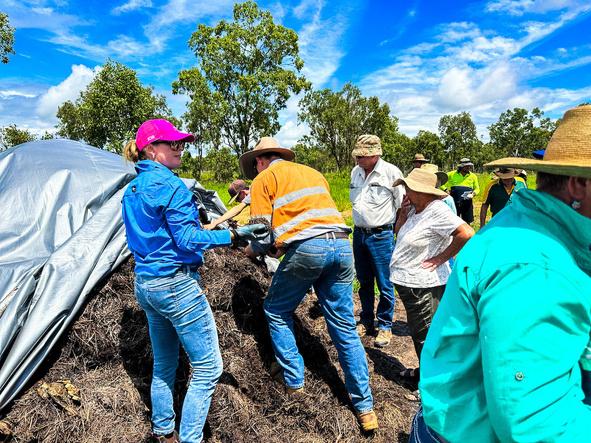
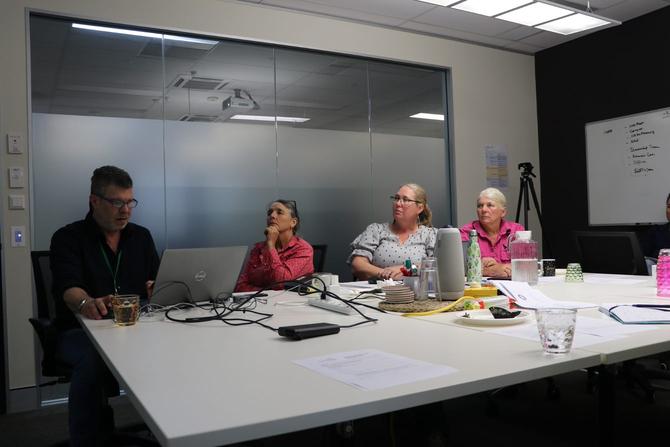
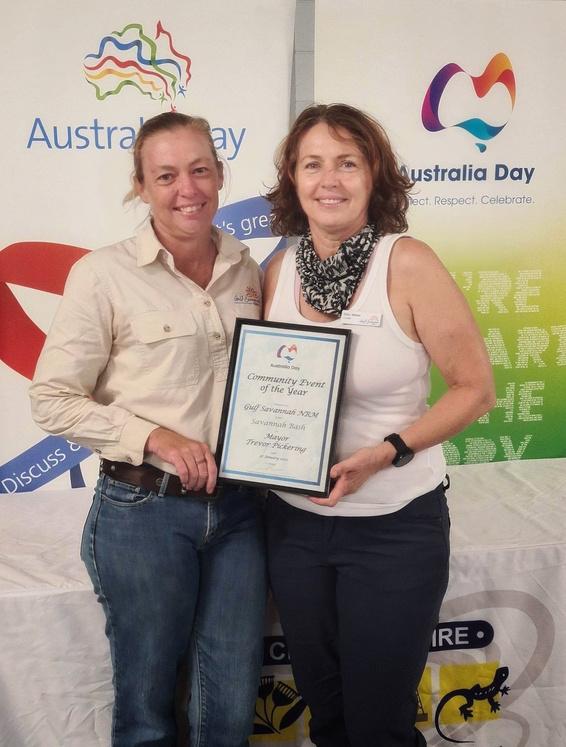

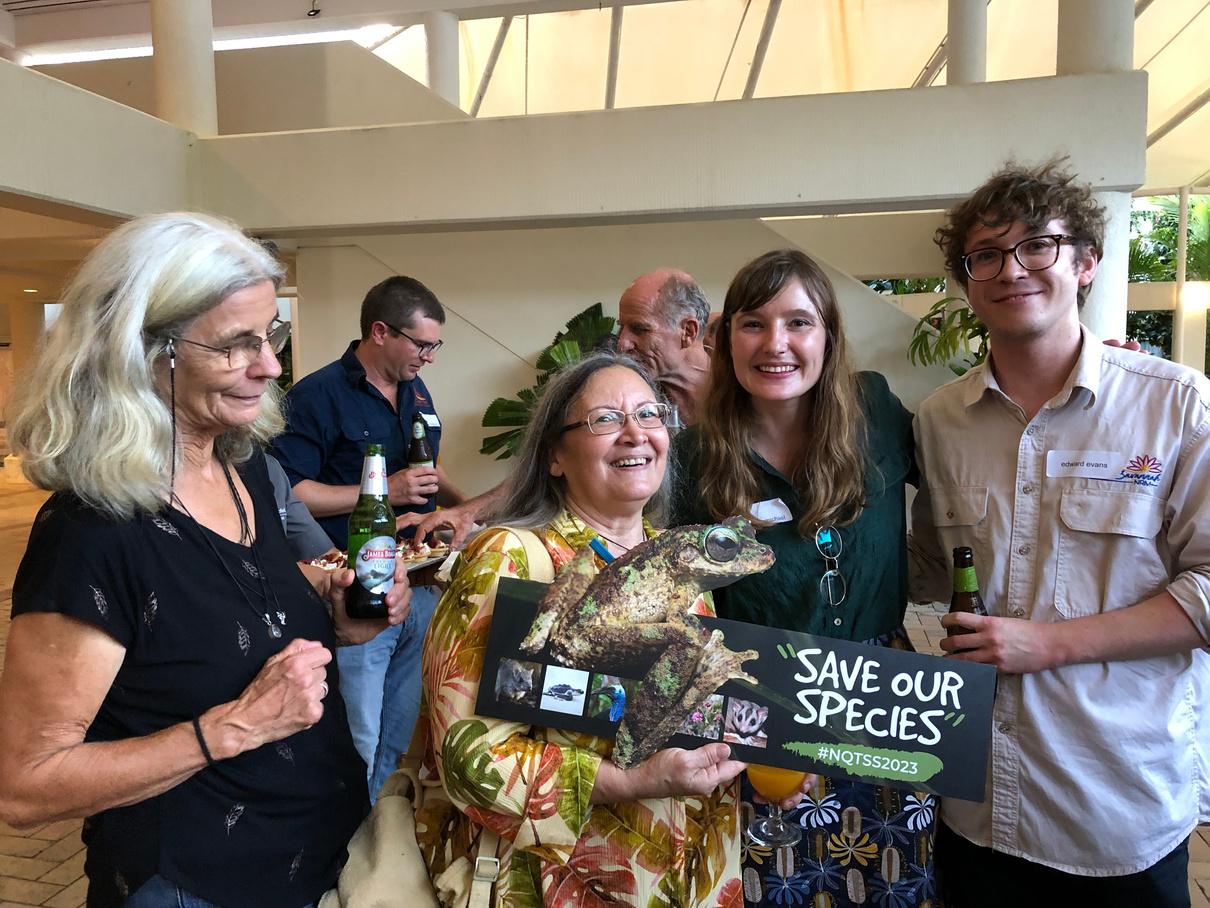 NQ Threatened Species Symposium - February 2023
Intro to Queensland Globe workshop - February 2023
Thank you to everyone who has joined Gulf Savannah NRM for events, workshops and field days since the start of the year here are a few highlights so far!
Mahtsente and Taylor at the Gulf Savannah NRM Xmas Party
Creating HumiSoil workshop at Dimbulah - January 2023
Catching up with TagalakaFebruary 2023
Mandy and Ellen collecting Gulf Savannah NRM's Australia Day award for Savannah Bash
A wet start to the year in Georgetown!
NQ Threatened Species Symposium - February 2023
Intro to Queensland Globe workshop - February 2023
Thank you to everyone who has joined Gulf Savannah NRM for events, workshops and field days since the start of the year here are a few highlights so far!
Mahtsente and Taylor at the Gulf Savannah NRM Xmas Party
Creating HumiSoil workshop at Dimbulah - January 2023
Catching up with TagalakaFebruary 2023
Mandy and Ellen collecting Gulf Savannah NRM's Australia Day award for Savannah Bash
A wet start to the year in Georgetown!

In our first Gulf Croaker issue for 2023, we're looking ahead to the exciting opportunities, key issues and likely challenges for our region and its lands, waterways and wildlife as well as the lives and livelihoods of our communities
None of us have crystal balls, but we can use what we do know past trends, strong science and emerging evidence to see the writing on the wall. For example, we know that four major issues for our region and for much of Australia are the management of fire, water, land, feral animals and pests. If we come together industry, community, government to tackle these challenges in this decade, we can set our region up for a far more prosperous and thriving future.
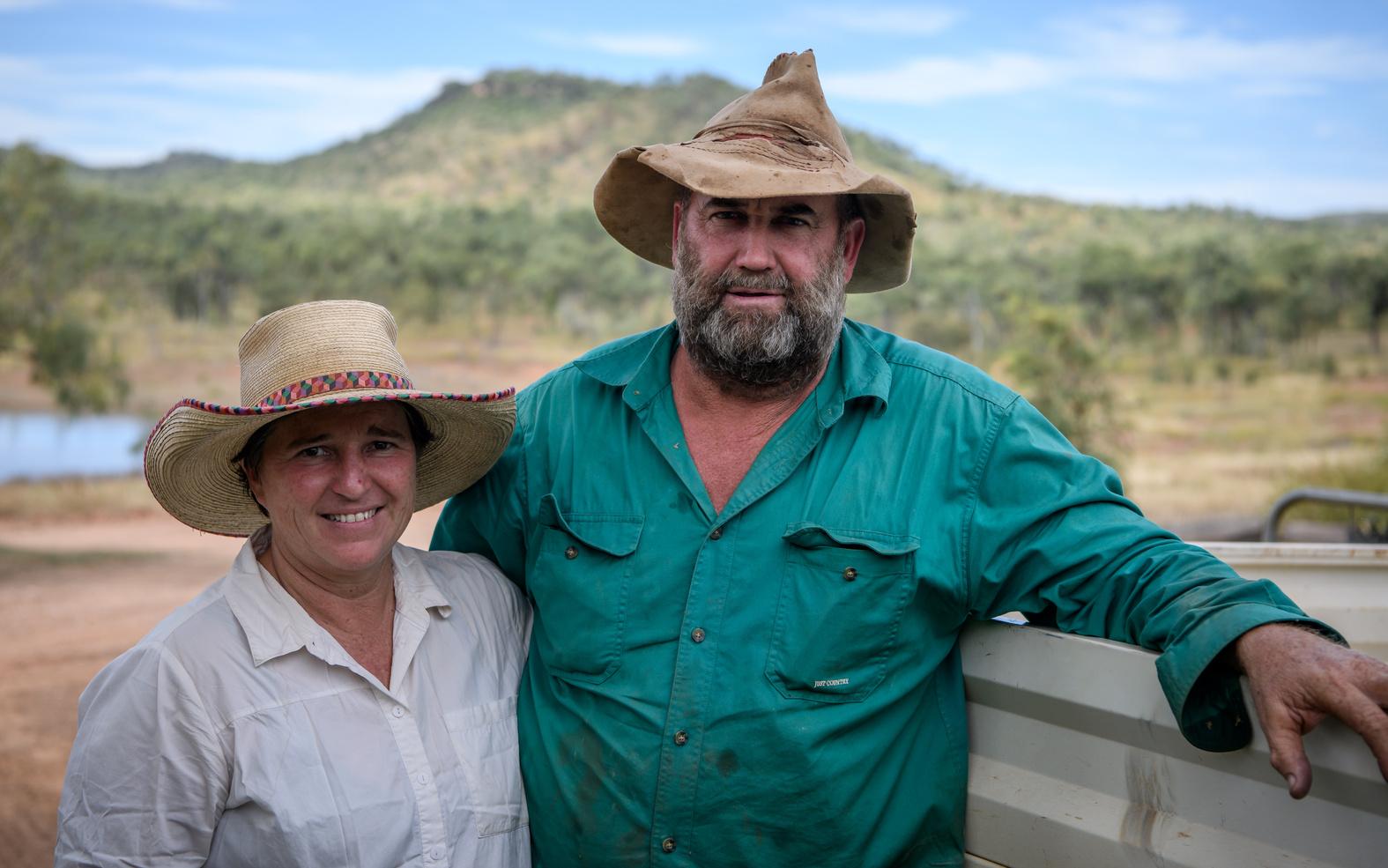
Happy reading!


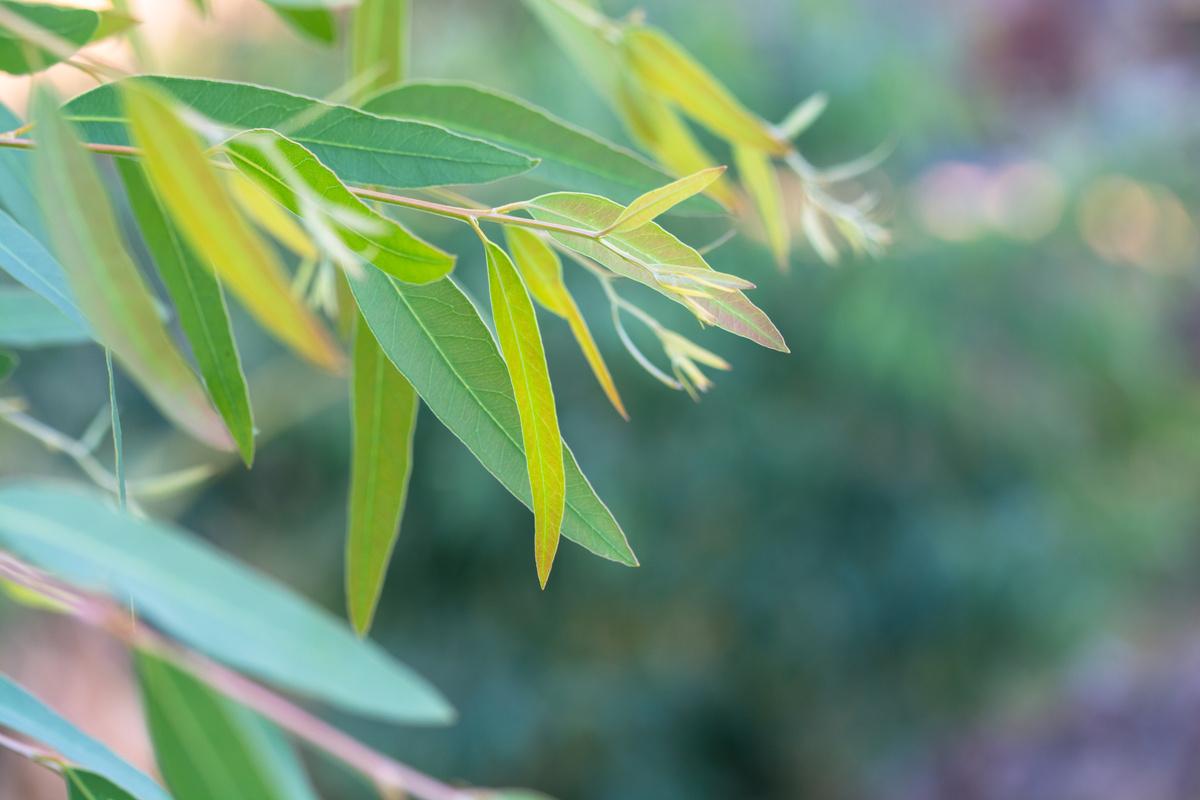

A new art trail was recently launched, linking the towns of Georgetown, Croydon, Karumba, Normanton, Burketown and Doomadgee The trail was developed through a collaborative and consultative process between local councils, Traditional Custodians, community members and artists Find out more: savannahwayarttrail.com

NORMANTON


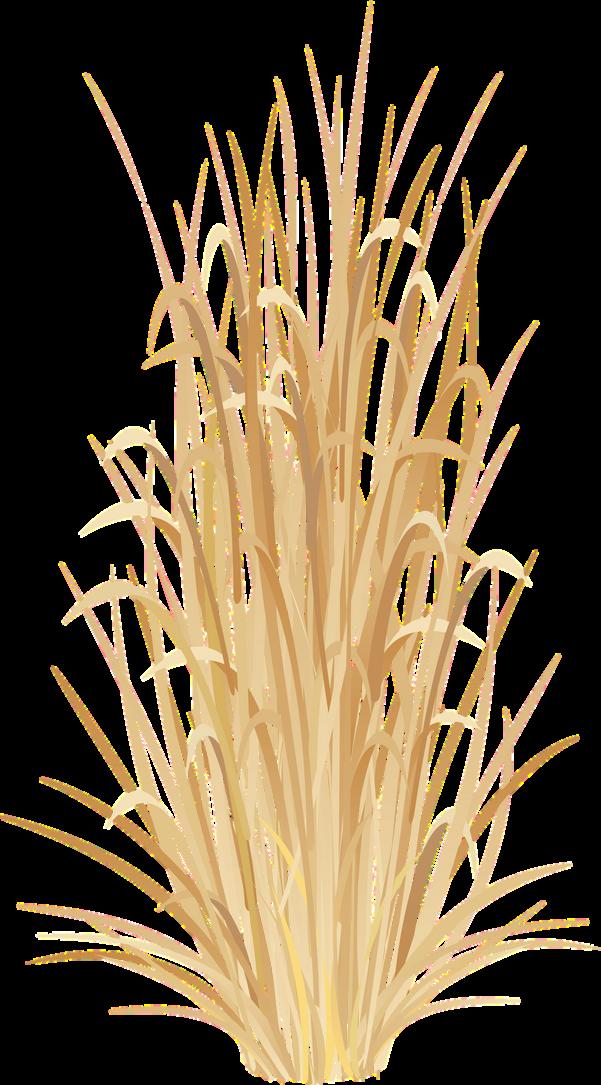




The Australian Government has awarded GrainCorp $2.9M to support large-scale dairy and beef grazing trials of low-emission feed solutions.
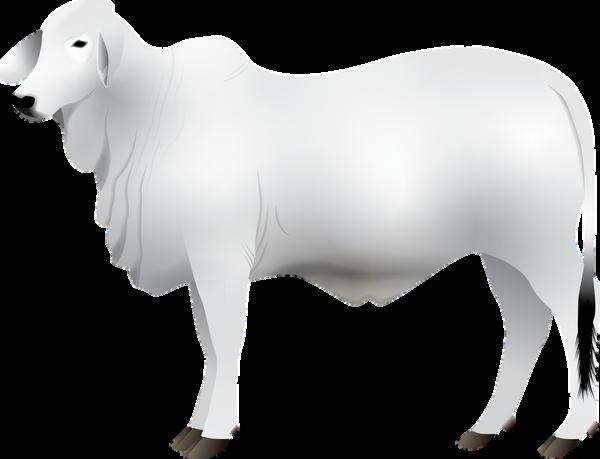
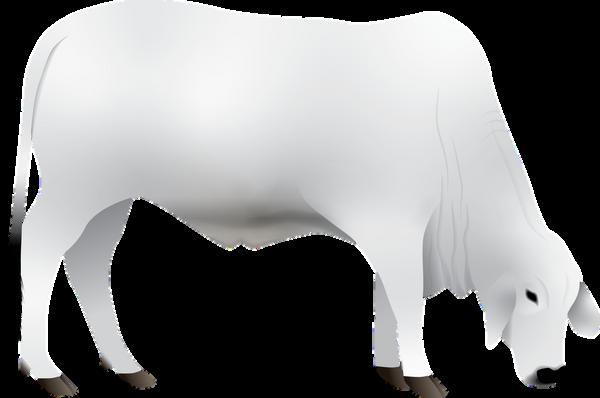
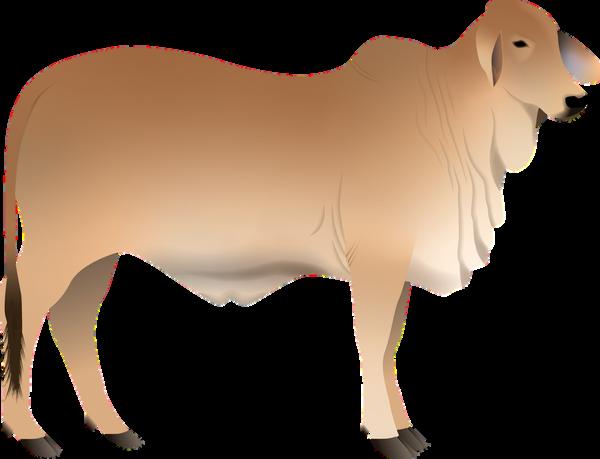
Source: Feed Strategy (16 March 2023)

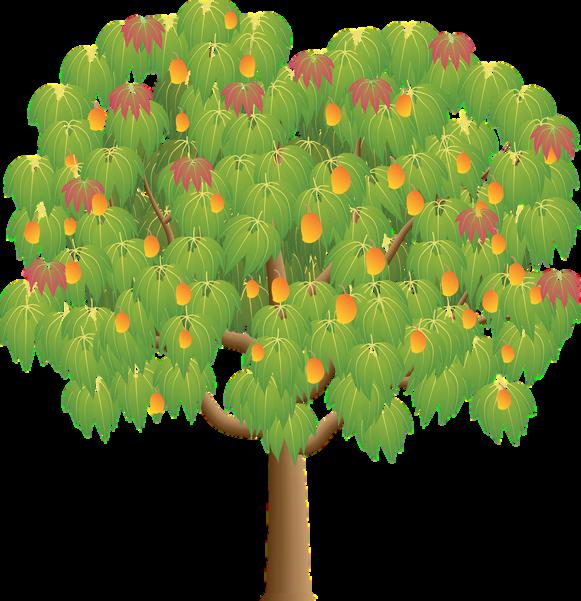
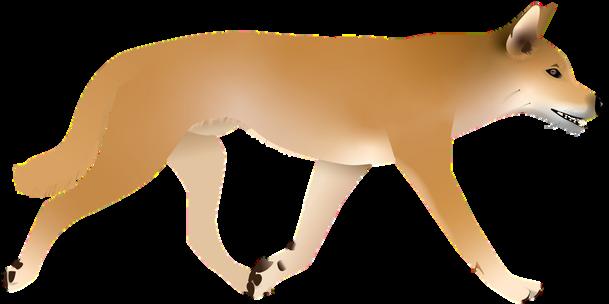

Over the last year, scientists have uncovered 626 new Australian species Among these new species are ‘high-energy’ cicadas, chestbursting parasitoid wasps and a fleshy coral that sways in underwater reefs Source: Mirage News (20 March 2023)
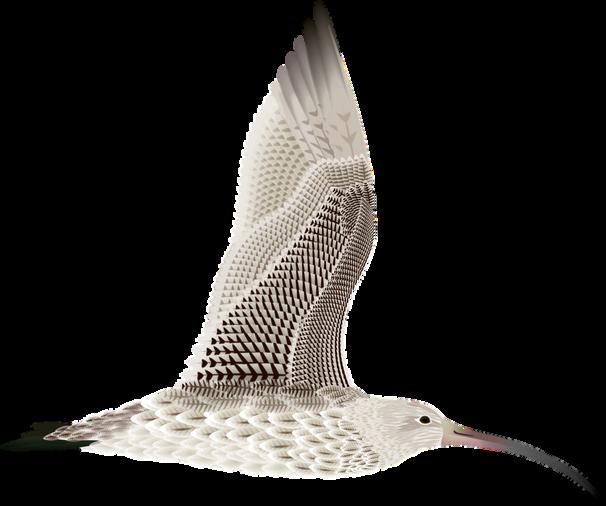
9,660 people live in the Northern Gulf


ACCELERATEDACTIONNEEDED
"It can be done; it must be done " The new summary report on climate change from the IPCC is blunt The world is heating up, Australia faster than most countries, and this means harder times ahead Adaptation and resilience will be key; talk to Gulf Savannah NRM about creating a disaster resilience plan for your property and business.
88% land use is grazing on native pasture
Communities in the Gulf of Carpentaria have had their lives, livelihoods, livestock and homes impacted for months by flooding Disaster support has been activated in many LGAs

Source: ABC North West Qld (20 March 2023); Image: Johnty O'Brien
CQ University researchers are in the second year of a Northern Australia trial including crops in Georgetown to use the top of the peanut plant as livestock feed and the peanuts themselves as human foods like peanut butter.
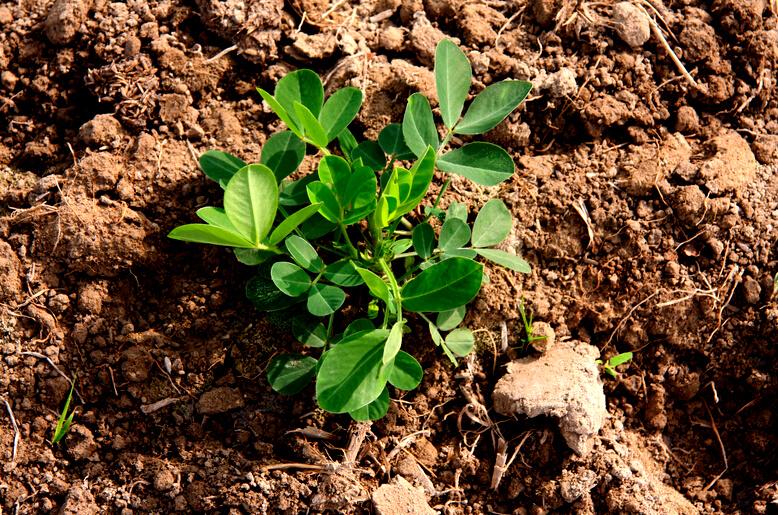
Source: ABC Rural (February 2023)
The area is 196,100 square kilometres
Over 196 reptile, 455 bird and 118 mammal species live here



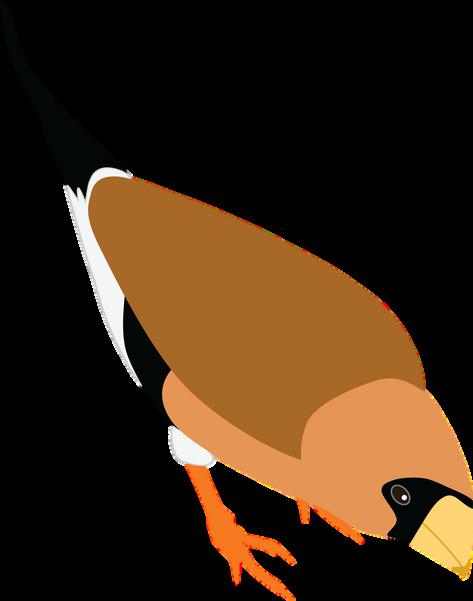

Visible light, such as sunlight hitting the earth, passes though greenhouse gases in our atmosphere. However, when this light hits the Earth’s surface, some of it is changed to infrared energy (heat). Greenhouse gases absorb and remit this as heat, preventing it being lost back into space. It’s carbon dioxide (CO₂) we typically think about when we hear the term greenhouse gas, but there are a range of gases that can do this, including water vapour.
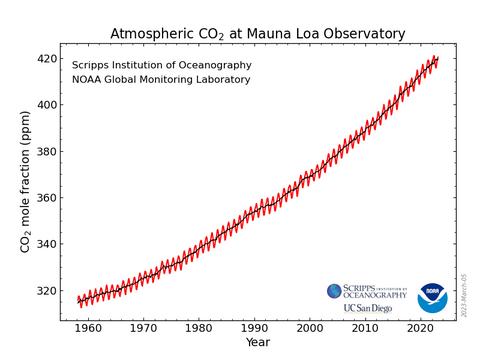
This is a good thing for life on Earth. Without this going on, Earth’s average temperature would be about 30°C colder (-18°C rather than +14°C) and our planet would pretty much be a frozen ball of snow drifting through space. However, just like chocolate, you can have too much of a good thing.
The short story is that as we humans do the range of things we do especially digging up and burning fossil fuels (oil, gas, coal) this releases the carbon that was once stored. This is currently happening at about 40,000,000,000t per year. That increases the percentage of carbon in our atmosphere, and therefore increases its ability to trap and hold heat. Monitoring at the Mauna Loa observatory (Hawaii) shows that this has increased from about 330 parts per million (ppm) in 1970 to about 420 ppm in February 2023 a 27% increase in the lifetime of many of the people reading this. You can only hope your super grows this consistently and well.
Carbon farming (now more correctly called an Emissions Reduction Fund project) is the broad term for projects that look to reduce the percentage of carbon dioxide in the atmosphere Carbon farmers are not paid to produce beef or grain, but to instead pull carbon out of the
atmosphere and store it away (sequester it) in a stable form like soil carbon or wood in trees. Carbon farmers can also be paid to not release as much carbon as they otherwise would, such as by not clearing native vegetation, or changing the way country burns (with cooler fires that emit less carbon dioxide).
Simplistically, carbon farmers are paid per tonne of equivalent carbon dioxide they don’t emit or that they lock away. These are paid as Australian Carbon Credit Units (ACCUs). ACCUs are currently (as of March 2023) trading with a spot price of about $38.
Carbon farming needs to be undertaken using an approved method. The federal government has approved a wide range of approaches which reduce emissions or lock away carbon. Examples from our region include how savannah burning is conducted, the regeneration of native forests or improvements to the efficiency of pasture-fed beef cattle businesses
Carbon farming, carbon sequestration, green carbon, blue carbon… there has been lots of talk about this right across the Northern Gulf region for many years. Most people know vaguely what it’s about, often consider it difficult and confusing, sometime in the future there might be projects in the region, but typically not much more yet!
People may be surprised just how many carbon projects are currently underway in our region, with about 15% (or 2,945,579 ha) of the Northern Gulf's total area under existing approved projects There are some 20 active projects, 16 using the savannah burning and another four using regeneration of native forests Multiple other projects are also currently under consideration

Carbon farming provides potential for properties to diversify their income streams, and can be complementary to their core business, such as growing beef However, as with all things in life, few good decisions are made quickly
Properties will need to carefully consider all aspects of a possible carbon project, how it will work in with their existing business, what the whole-of-life benefits and costs are for them and their land management An experienced and trustworthy consultant may be necessary to navigate the complex issues and give good, unbiased advice As with many things, if you are presented with a project proposal that seems too good to be true...
Some experts are also urging farmers and land managers to not focus solely on carbon credits Matthew Harrison, the Director of the Carbon Storage Partnership (a Meat and Livestock Australia initiative) spoke recently at Gulf Savannah NRM's online webinar on carbon farming
Practitioners are better off focusing on natural capital, environmental stewardship and sustainability rather than carbon in isolation
"In 10 years time, the markets and social licence may shift towards improvement in environmental stewardship through vegetation, soils and grazing management, as this allows both carbon sequestration but also ecosystems services that benefit productivity," Matthew said "While practices that result in carbon removals are beneficial, those practices that improve natural capital are likely to be more sustainable."
Sadly, we say goodbye to two dear old friends and highly respected gentlemen Joe and Ian Both lead lives of service in natural resource management throughout the remote Gulf and Cape country
Well-loved grazier and beef extension officer Joe Rolfe recently succumbed to cancer after a lifetime of overcoming health ordeals Joe was one of the most well-respected beef advisers in Queensland and a friend to many across both the Northern and Southern Gulf NRM regions


He was a kind man who was generous with his time and extensive knowledge; a trusted adviser to many beef businesses, as well as a colleague and friend to us here at Gulf Savannah NRM
Ian Adcock was a Cook Shire Councillor, a Cape York grazier and dedicated supporter to the landcare movement right from its inception During his time with Cook Shire, he was instrumental in establishing Cape York Weeds and Ferals He was a long-standing Chair of the Mitchell River Watershed Management Group and two-time Director of Gulf Savannah NRM (then Northern Gulf Resource Management Group) He loved his bush racing and rodeos and was a committed supporter of the Laura Rodeo He was also a veteran who served in the Korean War

Ian was committed to environmental sustainability long before it was a popular concept He dedicated over 40 years and nearly half his life to looking after the environment and advocating for the sustainable management of our amazing part of the world.

Joe and Ian will be missed.

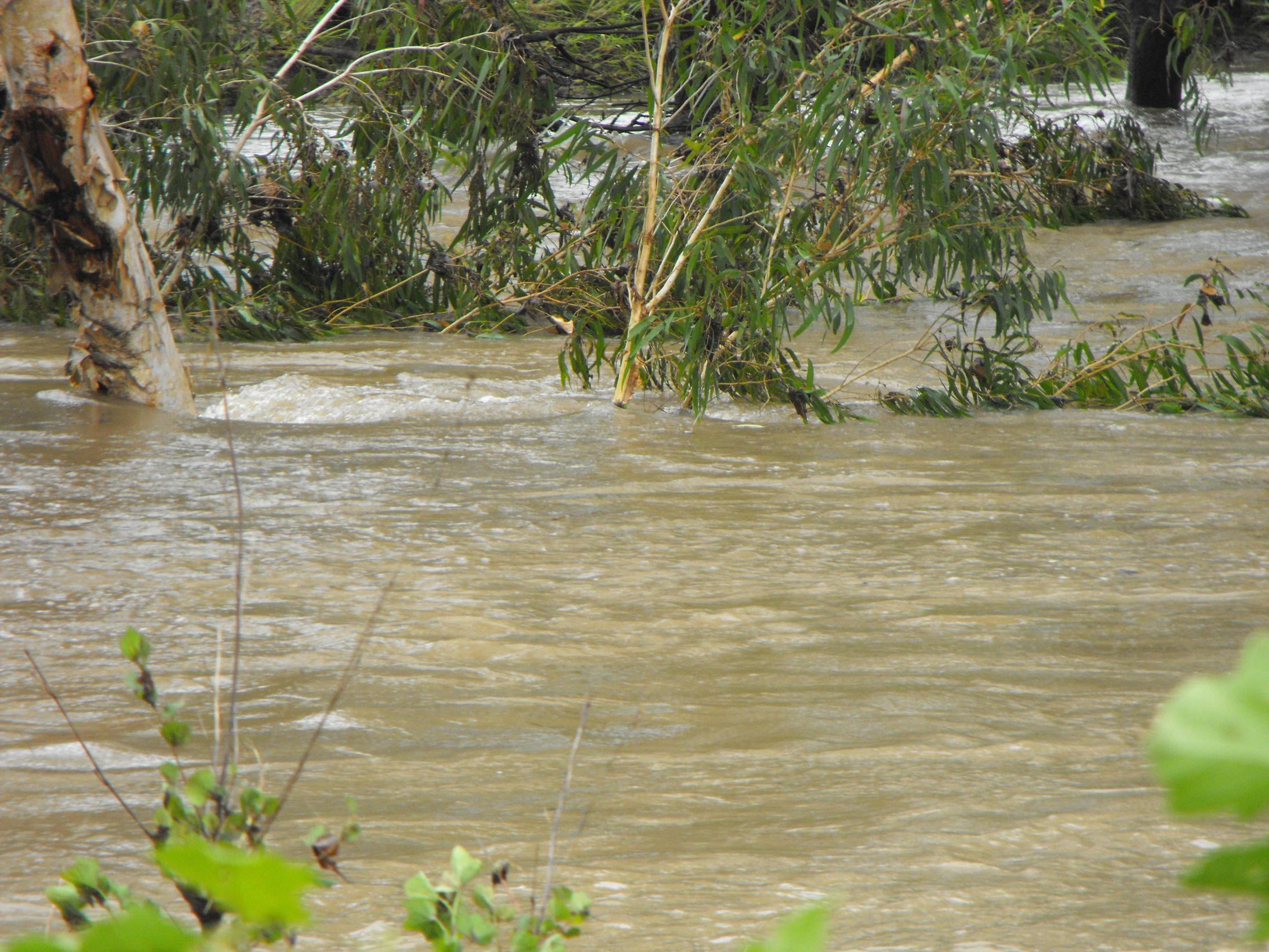


Being prepared for the future and planning for the worst before a potential disaster strikes is much more effective and less stressful than trying to think about these things while dealing with the aftermath of a disaster, be it flood, fire or something else
At its heart, disaster resilience is about understanding risk and taking simple, practical steps to use what we know to prepare for the unknown It’s about having a plan to protect yourself, your family, your home and your livelihood In rural areas, these things are often a tied to the family property
“This can be as simple as having a record of where everything is located on your property, if disaster was to occur,” says Melissa Round, Gulf Savannah NRM’s Resilient Futures project officer “Having things like a list or inventory is helpful, s that if you do have to make an insurance claim, it’s all there in one document ”
This can avoid a lot of heartache when trying to prove what you had on the property, once disaster has struck
“For example, we all know how expensive fencing is, so keep a note of how much fencing is on the property and where so that if any fencing is lost during fire or flood, you have a better chance of getting compensation for what’s been lost.”
Do you know what weather conditions you could expect in your region? Do you know the risks associated with those conditions? Some simple steps to greater disaster resilience could include signing up for local weather updates, or watching some explainer videos on the Bureau of Meteorology’s website to understand how to get the most out of available forecasting information.
What if the worst happened do you know where your livestock could exit, or retreat to higher ground? Do you know which parts of your property are more susceptible to flooding or fire risk? Gulf Savannah NRM can help you increase your disaster resilience by providing a free disaster risk mapping package
is working with Melissa
Mapping officer
to help properties prepare for the worst Together, they can provide you with property maps for fire and flood risk The maps will also show your property's infrastructure and assets, helping you to identify homesteads, waterpoints and fences, and note any important details, like the year of construction
All of this information and mapping can be provided to you at no charge in the form of a property-specific Disaster Resilience Plan booklet, including disaster management tools and checklists
Are you located in Etheridge, Croydon or Carpentaria Shire? Keep an eye out for Melissa at upcoming events across the region If you're keen to get your disaster risk plan and property maps, email Melissa or Mahtsente for this free and confidential service:

melissa.round@gulfsavannahnrm.org
mahtsente.tadese@gulfsavannahnrm.org
When disaster strikes, we don’t get much warning if any at all. These moments are filled with stress, and a lot of us find it hard to think straight or to remember key details, when the water is lapping at the door or the billowing smoke is thick and dark across the horizon.Mahtsente Tadese (left) (right)







Carpentaria Shire Council’s 2023 Australia Day Awards saw the community come together to celebrate our people and their accomplishments for our region Our community members and their dedication are part of what makes Carpentaria so unique We commend all of the Nominees and congratulate the Award recipients

We have plenty of events in store for this year, starting with Clean Up Australia Day in March June will see the K150 kick off on the 25th, celebrating 150 years of Karumba, and we are excited to welcome the Outback Masters Golf Competition to Karumba on 15–16 July
The TerrEstrial Centre is a major attraction in Georgetown, incorporating the Ted Elliott Mineral Collection, the Unearth Etheridge Exhibit, a fully accredited visitor’s information centre, library and Centrelink access point

The Ted Elliot Mineral Collection is the most comprehensive in Australia gathered together by one man over a lifetime of work and passion You'll find over 4,500 specimens displayed that have been collected from all over the world There's also historic equipment and details about how and where the exhibits were discovered
Unearth Etheridge Exhibit is a visual and informative delight for all ages with written local history, a movie theatre and interactive elements Discover Etheridge's history and how the pioneers carved out the settlements you see today The TerrEstrial Centre has a lot to offer for all ages and it is worth stopping for both travellers and locals Keep your eye out for the birthday celebrations in May
Mareeba Shire Council has much to report in t Gulf Croaker. We're pleased to share that a lo ship has been established to promote Mareeb see destination. The Mareeba Shire Local Tou is a collaboration between the Mareeba Cham Mareeba Shire Council, Kuranda Traders Asso Mareeba Heritage Museum and Visitor Inform Council looks forward to seeing the results of
In event news, nominations are open for the M Great Wheelbarrow Race 2023. We encourage event. The race kicks off on Friday 12 May in Mareeba and will conclude Sunday 14 May in Chillagoe. Teams can look forward to the Friday night where they are treated to the incredible community spirit in Dimbulah, and the unbeatable country hospitality in Almaden on the Saturday night. If you want to take part in something that is done nowhere else in the world, now is the time to give it a go! Join us on the road for the 20th anniversary year. Visit www.greatwheelbarrowrace.com to register.





Croydon’s Community Challenge has raised $2,545 for Dolly’s Dream not a bad effort for a shire with fewer than 300 residents. Nearly 50 of them took part in the 5km fundraising walk on 18 March. Not all participants walked, nor were they limited to two legs. Several Croydon State School students ran the whole way, some bubs were pushed in prams, some small children managed part of the route on parents’ shoulders, and, of course, four-legged friends made the trip as well. Mayor Pickering collected stragglers in the community bus. It was another well-run event courtesy of our Community Engagement leaders and helpers, and a BBQ breakfast awaited participants at our beautiful Lake Belmore.
Dolly’s Dream is a charity which was created by Kate and Tick Everett following the shattering loss of their 14-year-old daughter to suicide, after ongoing bullying. Kate and Tick’s goal is to prevent other families walking this road. Croydon is proud to have supported their mission this year.

The next big event on our horizon is the Croydon Rodeo & Campdraft on 12–14 May

These snakes are some of the few highly-venomous Australian snakes that live in trees 50cm long, their body is uniform gunmetal grey, while their heads are adorned with intricate black/white patterns that vary between individuals They can be found in the South/East part of the Northern Gulf, and as far west as Rungulla National Park They eat frogs and lizards, and in savannah regions can most easily be seen hunting on ironbark trees and rock outcrops They are incredible climbers the snake pictured was photographed climbing vertically (with the camera facing the floor)
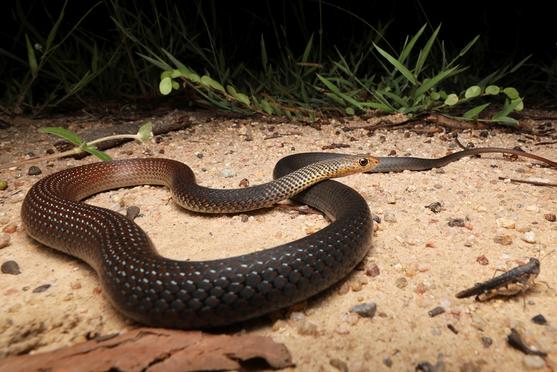

Found in woodlands and savannah across the Northern Gulf, this is an extremely fast snake, easily mistaken for a brown snake or taipan when on the move Usually 1m-1 3m long, they are dark grey to brown, often with shades of red at the end The head is often tan, with spots or flecks, and sometimes a teardrop pattern below the eye Some snakes have blueish colouration on the skin between the scales

An extremely fast and energetic snake, the Northern Brown comes in lots of tones and patterns; some have blotchy patches, others black heads Not often seen due to its shy and alert nature Most often confused with Eastern Browns, but can be distinguished by its black mouth lining (unlike the Eastern Brown's pink mouth lining) Mostly hunts small mammals

Adults often reach 2m long. Head is clearly defined from its body by a slender neck, and it has large eyes with vertical pupils. Brown tree snakes show considerable regional variation in colour and pattern and whilst some are relatively drab and patternless, others possess striking banding along their body. These stripy individuals earn the species their alternative common name: ‘night tiger’.

The largest venomous snake in Australia, with a widespread distribution across arid regions of the country. The colouring of this species varies across its range; in the Gulf Savannah region they are typically straw-yellow or gold and their two-toned scales often produce a net-like pattern across their bodies. They have a broad and flattened head, with large body scales. King Browns eat a wide variety of vertebrate prey, including other venomous snakes!
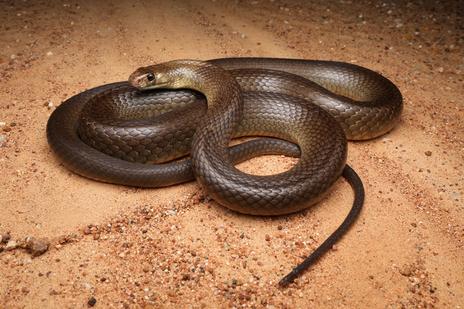
olivaceus
One of Australia’s largest snake species, they can reach adult sizes of well over 4m. They are usually uniform brown-olive in colour, with a cream belly. Although not found in the Northern Gulf region, they are distributed from North WA and across the Top End, over to Cloncurry in Queensland and south east to Winton.
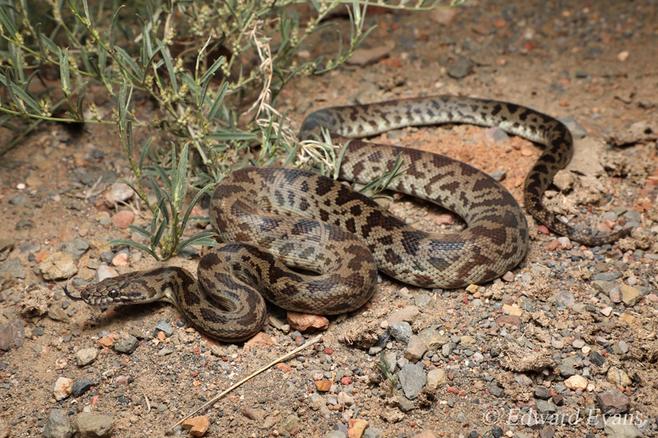

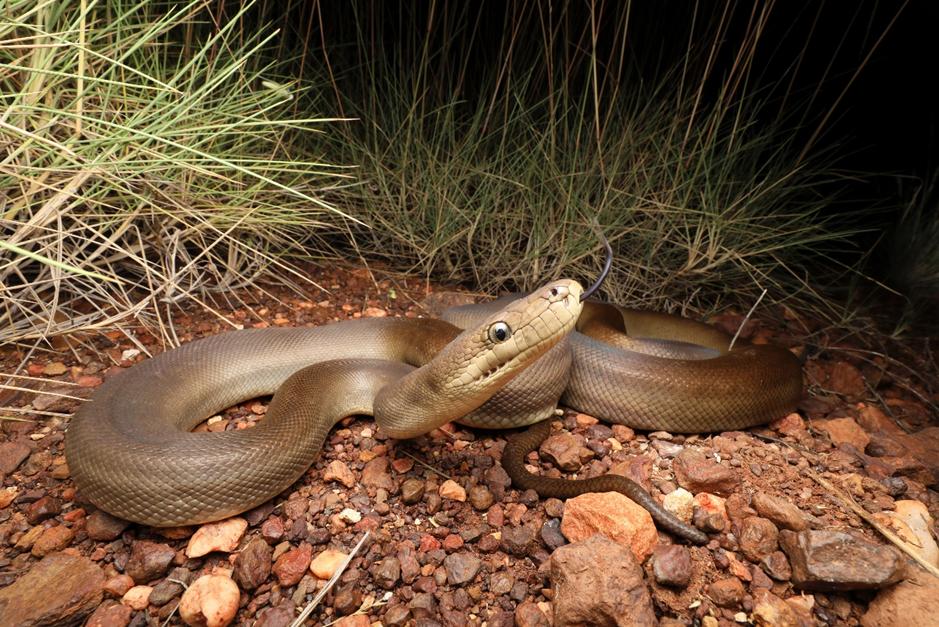
Easily identified by their jet-black head and robust body, this python typically reaches 1 5-2m Widespread in the Northern Gulf region, they inhabit a wide variety of dry, open and often rocky habitats Active both in the day and at night, they predominantly eat a diet of reptiles but may also opportunistically prey on small mammals Although most pythons have labial pits on their face (which are sensitive to infrared radiation and are used to ‘see’ heat), these are absent in black headed pythons and the closelyrelated woma python. Generally considered to be reluctant to bite defensively (though not always!), they are able to hiss loudly to scare away potential predators.
A relatively small python. The pigmentation of their ‘spots’ usually covers complete scales, giving the edges of their pattern a welldefined and ragged appearance. These pythons occupy wide variety of habitats ranging from rainforests to savannah, doing particularly well in rocky habitats. Insectivorous bats are a favourite food, and the python will often lie in ambush at cave entrances waiting to catch bats as they fly out from their roosting sites to forage.
These snakes show considerable regional variation in colour and pattern, but in the Northern Gulf region they often have brown-red blotching/banding on a lighter base. They have a very similar appearance to spotted pythons (A. maculosa) but their pattern often appears ‘softer’ with less defined edges. Their habitat covers much of arid Australia and the Top End, including the central and southern parts of the Northern Gulf region. These pythons like to eat lizards, frogs and small mammals.

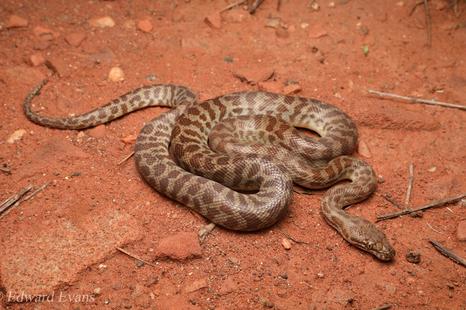


Commonly reaching an adult size of over 2m, water pythons have robust and muscular bodies with elongated heads. They have black-brown scales with a strong iridescent sheen, a vibrant yellow belly and cream throat. As their name suggests, water pythons are semi-aquatic and often closely associated with wetlands and waterways; however, they are not reliant on water bodies and can survive well without them for much of the year These pythons like to eat mammals, reptiles (including small crocodiles) and birds
Adults are usually over 2m long Their patterns are highly variable and contain various degrees of blotching and banding They have a huge distribution across Australia and are found through much of the eastern Northern Gulf These semi-arboreal snakes are highly adaptable and can survive in a wide range of conditions, adapting well to life around humans This means they are frequently found inside sheds and loft spaces where they are attracted by rodent prey, and seek shelter
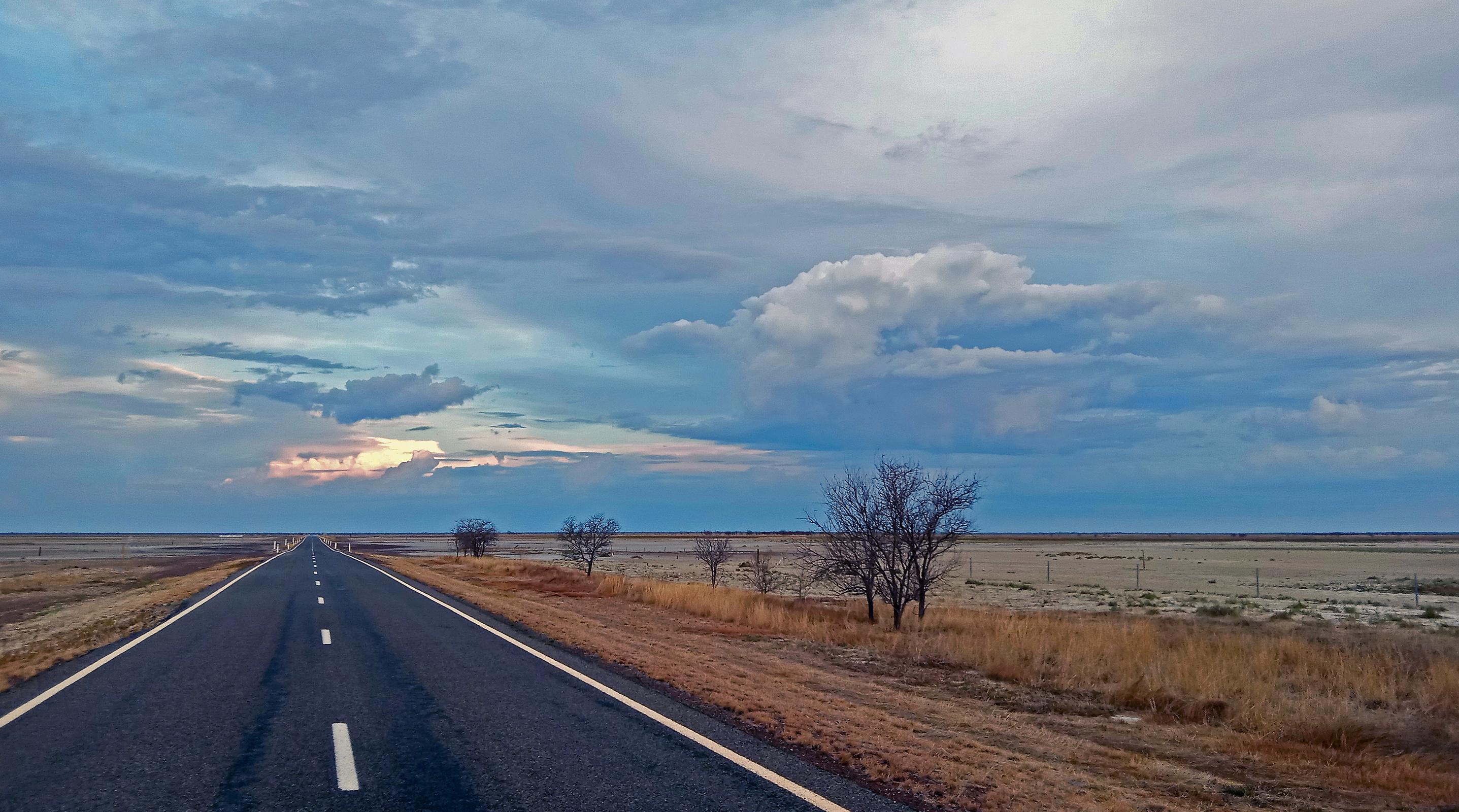
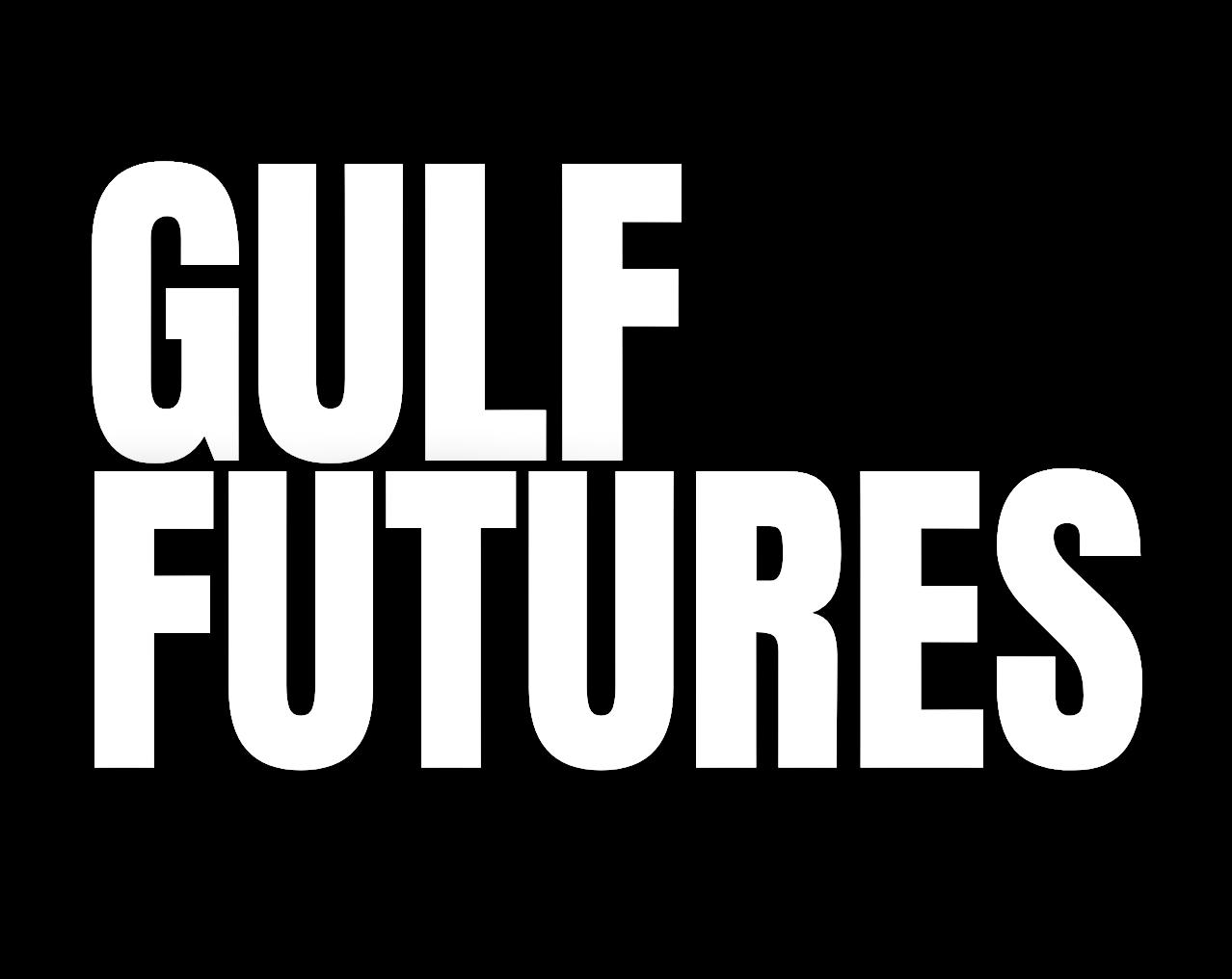
The Northern Gulf Natural Resource Management (NRM) Region is a huge area It stretches from Mareeba in a broad south-western arc across to Karumba on the Gulf, and then up the Cape to Kowanyama, back in another arc to Mareeba. This is about 190,000 km2 you could drop three Tasmanias into that area.
There are 54 NRM regions that cover all of Australia. These are defined by river catchments. Our region is defined by the four river systems that drain west into the Gulf of Carpentaria the Gilbert, Mitchell, Norman and Staaten rivers.

WhatisanNRMPlan?
The Plan tries to answer what seems like a very simple question what natural resources do we have (like water, land, soil, minerals, plants, animals) and what’s impacting them? The Plan is for anyone involved with natural resource management in our region, which is almost everyone from Traditional Custodians looking after Country, farmers growing our food and fibre, to community and landcare groups.
WhatdoyoudowithanNRMPlan?
Once we have a broad understanding of what natural resources we have and what’s impacting
them, we then try and ask by how much This gives us the priorities for our region what work we need to do and when It's no good putting effort into (say) groundwater monitoring in an area where there's no suggestion of an impact, while the lack of right-way fire is a real problem in that same country. The Plan gives a outline of what we need to see done in our region. The challenge is then getting that work underway.
Howdoyougettheinformationtodevelopthe NRMPlanforsuchabigandchangingregion? This comes from three main places:
The huge body of work we did putting the 2017 Plan together. Reviewing any and all of the current science, data, reports and information we can lay our hands on; and Going out and talking to our real knowledge bank in our region our community. Most people know what the problems are and how to solve them; you just have to ask! Putting this version of the Plan together involved over 7,000km of driving, 90+ meetings and discussions with some 230+ people right across our beautiful region. It really is a wonderful part of the job getting out there and talking to the people (including numerous cups of tea!) that know and love the country.
The new Northern Gulf NRM Plan 2023-33 is now done Overthenextfewpages,wetakealookat whatwe'velearntfromthisprocess thingsthathavechangedinourregionsincethelastNRM Planin2017,thingsthathaveremainedthesame,andfourkeyissuesthatneedtobeaddressed acrossourregion:feralanimalsandpests,andthemanagementofwater,landandfire.

Our region is a vast area, just a little smaller than the state of Victoria. Trying to characterise this big area in a single number is tricky, so here’s a few headline numbers for a range of issues, looking back over the last five years or so. Taking a look at where we've come from helps to shed light on where we're heading.
The variety of business activities across the region and the relative proportion of these activities has not varied significantly. Agricultural production remains the dominant activity, with the value of total agricultural production varying between $600 and $700 million per year. This continues to represent about 4.5–5% of the total value of agricultural production for Queensland.
Livestock production, principally cattle, remains the dominant agricultural activity by land area (about 80%) and value, representing 70–80% of the region's total agricultural production value.

Our communities and population have varied little over the last five years, or even 10 years. Since 2016, total estimated population in the Northern Gulf has only increased about 3% (roughly 270 people). Over the last 20 years (2000–2021), our population has grown by about 7.8%, while Queensland's state population has grown by about 32%.
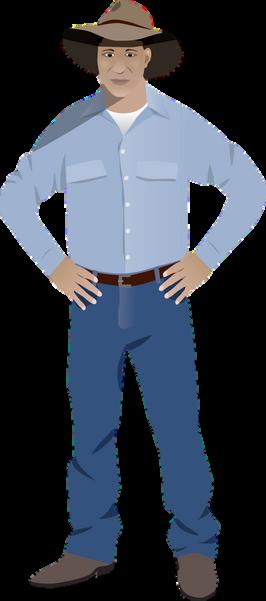

Cattle prices have gone up markedly since 2016, improving the economic viability of beef businesses The Eastern Young Cattle Indicator (EYCI) index can be used for tracking trends in cattle prices noting this is not the farm-gate price for cattle from our region (unfortunately!)
Contrasting improved cattle prices are higher input costs (fuel, labour, regulatory costs). With a run of average to good seasons across the region since 2019, the current position of beef businesses is generally improved relative to 2016–17, but still very susceptible to market shocks such as floods, droughts and diseases, such as Foot and Mouth Disease.
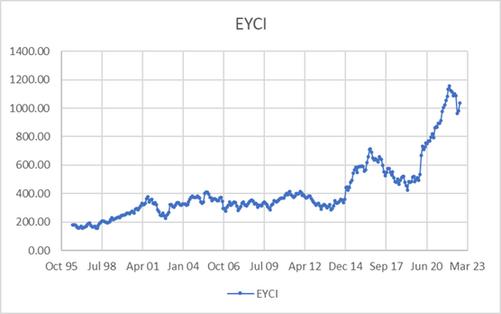

There's been no comprehensive land use mapping in the Northern Gulf since 2015, so it's a bit more difficult getting an accurate picture of land use changes over the last decade The vast majority of land (about 85%) continues to be used for extensive livestock grazing operations on native pasture There's still a lot of interest in the development of cropping areas, especially in the Gilbert and Einasleigh river catchments Anecdotally, there have been some changes to cropping areas, and some changes in crop types for example, table grape and cotton production has expanded in the Mareeba Dimbulah Irrigation Area The annual Rural Environment and Agricultural Commodities Survey (ABS) also indicates that cropping land has increased from approximately 20,000Ha in 2017 to about 60,000Ha in 2021
Tourism remains an important industry across the region. While there's no data yet, locals say Covid-19 negatively impacted tourism in early 2019 but with domestic tourism increasing nationwide in 2020–21, visitation in our region was very high, especially during the dry season.




There are now more than 25 registered projects covering over 1 4MHa across the region

There continues to be a large gap in economic performance between the top 25% of beef business across Northern Australia and the remaining 75% There's no significant difference between the performance of family-owned or corporate-owned beef businesses The adoption of proven technologies, approaches and management tools such as phosphorus supplementation, better weaner management, herd pregnancy testing and segregation, improved grazing land management, financial literacy, business and succession planning could improve the financial performance of the industry, their long-term economic viability and resilience.
Land values have continued to increase throughout the region. Across the northern region (which includes east coast properties), property sales have recorded a Compound Annual Growth rate of almost 8%, and 15% increase in the median per hectare rate in 2021.
So, across our varied and beautiful region, some subtle but important things have changed, and some constants remain the same. Where this will lead us all in the years ahead is an exciting journey.
Productive land is the vital resource for all activities biodiversity included within our region. The stability, soil health and functionality of land can be negatively or positively impacted by our management. Along with water management, land management is the issue that governs the success and future of all industry, communities and environment in our region.
Grazing properties (which cover more than 80% of our region) are typically large and rely on native pasture for productivity and long-term viability. Whilst they turnoff more than $500M of livestock each year, much of our grazing land has poor fertility, low phosphorus and highly erodible soils, all in a variable rainfall environment. Successful producers use careful management to run a viable business and maintain good land condition for current and future generations a more challenging prospect in our climate future.
The Mareeba Dimbulah Irrigation Area has enormous productivity, with more than $200M produced annually This production is created on
Graziers are food producers. We need to juggle the key aspects of a sustainable business land, livestock and people. While we need to keep all three balls in the air, land management is fundamental to a successful and long-term business. Having a good grass bank by managing your grazing pressure, your land, your soil health is like a healthy bank account, it's security. It helps you weather the ups and downs. Successful graziers need to educate themselves about good long-term land management in our region. It’s not easy, but having that knowledge gives you confidence to implement practices on your property to keep you improving your land, your herd, your people and hopefully your actual bank balance.
BarryHughes GulfCattleman'sAssociation
soils that are often challenging sandy loams with low organic carbon The limited capacity of these soils to hold nutrients and moisture can lead to high input costs and potential losses, such as nutrients Good growers employ careful land management to ensure a profitable and sustainable business
Work with landholders to integrate their knowledge into land management

Support land managers to understand, manage, conserve, and improve soils identifying erosion issues, improving soil carbon, managing acid sulphate soils and retaining effective soil cover Build resilience to drought and climate variability
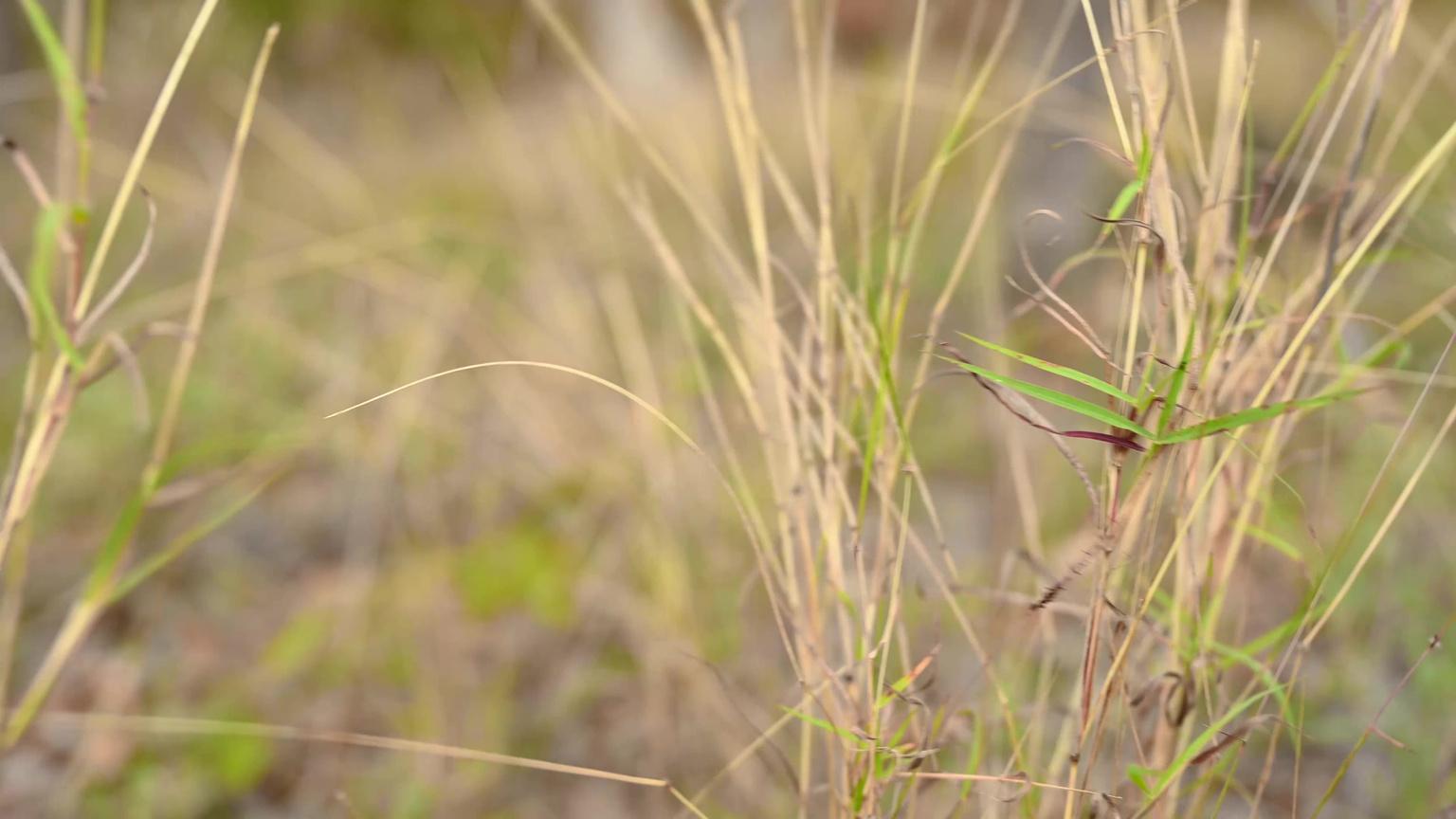
Fire is part of our Australian landscape and ecosystem. Traditional Custodians have used it for thousands of years. Used well, fire can promote good pasture, manage risks, control weeds and improve biodiversity.

But fire also carries risks. Too much, too frequent, too hot can be a real issue. Too little, fuel loads build and vegetation can change. When heat and winds are high, catastrophic fires can run across the country devastating lives, livelihoods and ecosystems. Australians are all too familiar with this type of fire. Without management these fires are more likely with a changing climate.
Fire has been under-used in many areas in recent history. Ol’ timers remember the excitement of “storm burns” as kids carefully timed, cyclic and targeted fires put in country after the first storms in November. Fires were timed to remove woody growth, weeds, rank grasses and prevent patch-grazing

We have a big program for putting the right fire in country every year We do early season burns to reduce the fuel load, preventing damaging late dry season hot fires We burn to protect creeks and important sites, carefully burning away to provide a good buffer That protects the vegetation in the creeks, keeps the big trees strong so they protect the banks and maintain water quality We also burn to protect finch habitat and the trees they like to nest in (Pandanus), and make sure they have grass seed later in the year. We use careful hot late-dry fires to control weeds, and have successfully managed Rubbervine and Hymenachne. Its more successful, easier and cheaper than chemicals.
We use many types of fire. Putting the right fire in country protects everything, people, animals, trees. People should not be afraid of right-way fire, and see it as a good tool to manage country.
FitzroyLawrence,Ranger KowanyamaAboriginalShireCouncilHeavily grazed or heavily treed areas often don’t have enough fuel to carry fire. Long periods between fires give saplings a chance to grow, reducing the grass that can grow underneath, which means less fuel a downward cycle. Getting country back once woody thickening takes hold can be tricky and expensive.
Improve fire knowledge and coordination across our region
Set up demonstration sites for effective fire management and publicise both good and bad outcomes
Multi-stakeholder fire management working groups
Clarify application and practice of carbon and biodiversity markets
Use resources such as NAFI to do annual reviews of fires at a property, local and regional level

Water is fundamental to life. It connects all our systems, from headwaters to discharge into the Gulf of Carpentaria and groundwater. It provides habitat for a wide range of species, drinking water, recreation opportunities as well the key component in supporting agriculture. Its availability drives economic development and provides social opportunities, and it has special cultural and spiritual value for Aboriginal people.
Multiple industries within the region are reliant on the region’s water supply, mostly rainfall and drawing from surface waters. This demand may increase with expansion of agricultural activities, such as in the Gilbert and Mitchell catchments. Downstream users, such as fisheries, are extremely dependent on freshwater flows. Large flows are critical for ecosystem health, as are the low-flows that trickle in at the start and tail end of the wet season to cue spawning activity.
Management of this sometimes scarce resource, along with land management, is the critical issue for the success of our region’s economy,

Water really is the elixir of life, especially in the Gulf. Rain that falls each wet hundreds of kilometres away brings life to the savannah lands, with new grass and growth. It runs down the river systems and eventually also drives all productivity in the Gulf. The nutrients it carries creates blooms of microscopic algal. This is the essential food for all the juvenile prawns, crabs and fish in the Gulf No freshwater runoff, no algae, no barramundi, prawns or crabs Each year we see the cycle of wet and dry seasons If we have a big wet like this year, we have a big prawn season, a big crab season, a big barramundi season Water management isn’t just about how much water you can take from a system miles away, its about all the other systems, environments and communities it supports downstream
BenDay Crabber,Karumba
environment and communities. The management of the Gulf's water resources needs to be equitable for all, including the environment, for current and future needs it's no easy task.
Share knowledge to ensure long-term sustainability concerns are represented in future water resource development planning, including catchment scale and downstream impacts
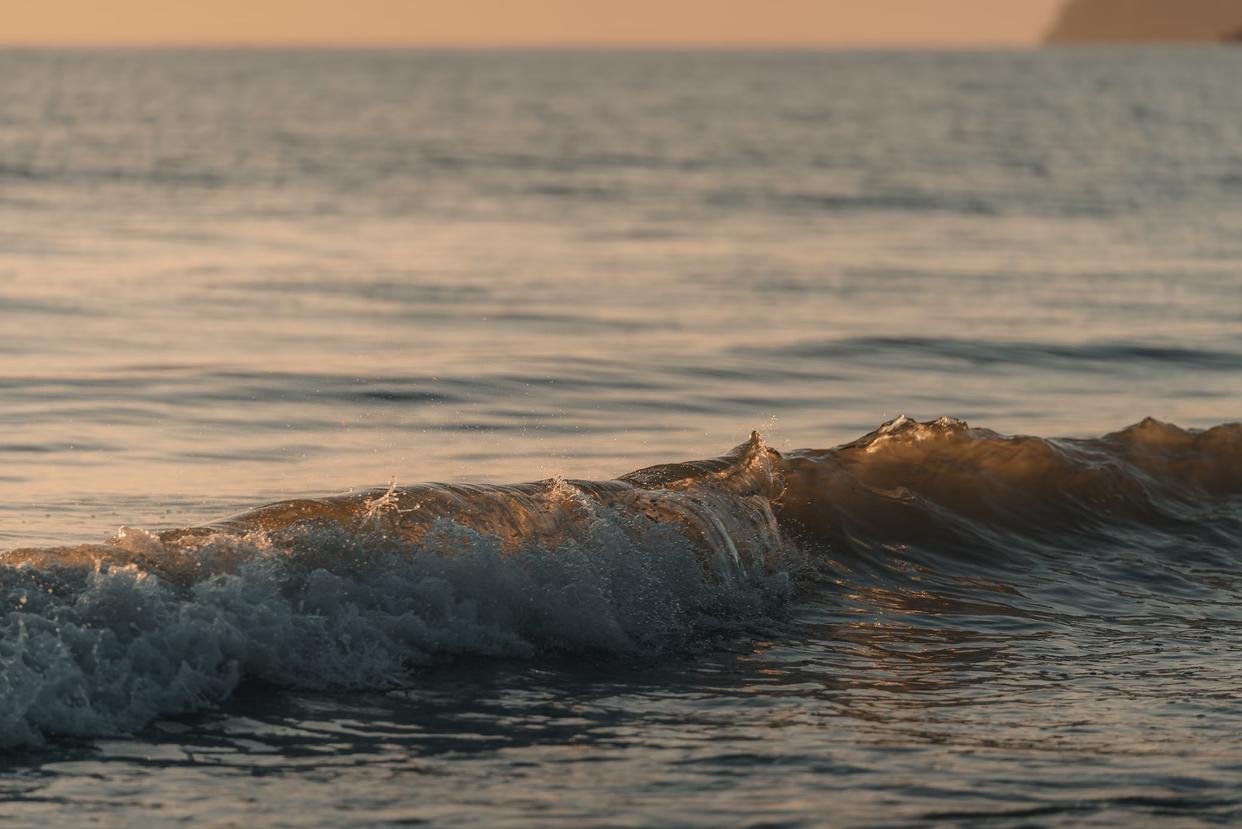
Limit the spread of invasive fish and aquatic weed species in aquatic habitat
Collect baseline data (including water quality, ecosystem health and aquatic communities) and map important marine resources such as seagrass and mangroves
Feral animals, pests and weeds have significant negative impacts on our agriculture industry, environment, wildlife and biosecurity. Nationwide, weeds are estimated to cost more than $4B annually in lost production and control costs, while feral animals are estimated to cost more than $50M per year. The cost to our environment has not been calculated. Feral animals not only compete for food with native animals but can also prey on them, spread weeds and diseases, cause erosion and generally degrade habitat. They also damage crops, increasing production costs and resource loss.
Pest species within the region also include small beasts, such as Fruit Spotting Bug and moulds. Where natural populations of native species become unbalanced (for example, through reduced predators) they can also become a pest (e.g. Agile Wallabies).
Weeds can impact the viability of agricultural and pastoral enterprises by increasing costs or reducing productivity Introduced grasses, such
At Gilberton our number #1 priority is environment and looking after it. We don’t have it perfect but are working hard to keep Rubbervine at bay and eventually eradicate it (a mammoth task, but doable). If we don’t, our grandkids the 7th generation are going to be taking over a choked out, weeds-infested country that will be unviable. It is killing native flora and fauna and we need to act now, not tomorrow, not next year, NOW.
Weeds are everyone's responsibility from property owners to landcare groups, to all levels of government. We all need to work together in supporting and assisting rather than waving the big stick in a blame game. We don’t need a feasibility study wasting money and time; this has to be taken seriously, we have to cut through the red tape, invest the time and effort, and just bloody get on with tackling the problem.
as Gamba and Grader grass, can alter fire regimes, which in turn can impact biodiversity values Invasive species such as Rubbervine can alter critical riparian habitat Introduced aquatic weeds, such as Water Hyacinth and Amazon Frogbit, can dramatically impact the biodiversity of aquatic systems and access to water resources
Develop a simple risk-assessment tool providing land managers with guidance on the best-spend of limited budgets on Feral Animals, Pests and Weeds
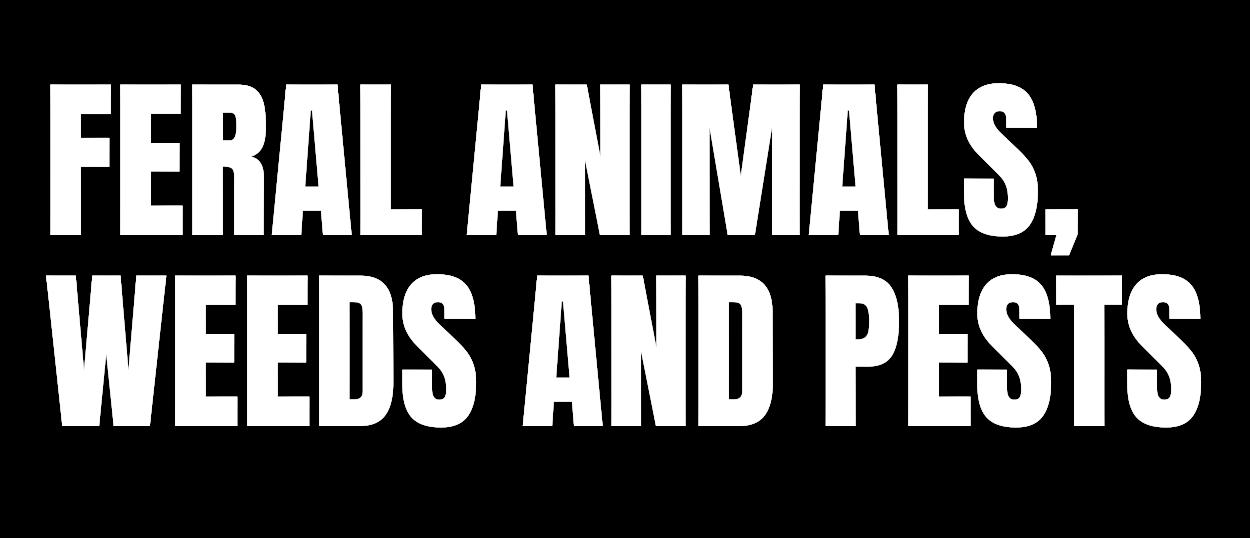


Coordination of control measures for weeds, including funding, stakeholder collaboration and ongoing review of effectiveness
Strategic controls measures, such as commencing in upstream areas and working downstream to avoid reinfestation
LynFrench GilbertRiverHeadwatersActionGroupTellusaboutyourselfandwhereyoucome from?I'm the new Resilient Futures Project Officer at Gulf Savannah NRM. My early working life was in the health sector, which gave me opportunities to work in rural hospitals. In the last 10 years, I've done my Bachelor of Environmental Science and a Master of Environmental Management. The beginning of my life was caring for people; now I care about the environment and all its amazing systems.
Whatmadeyouwanttoworkat GulfSavannahNRM?A telephone call, would you like to work with us?
How could I refuse the charming voice on the other end of the line I had applied for another position with the organisation; I knew about them, and they knew about me, and the role just fit I was previously employed in south-west rural Queensland, why not experience Far North Queensland, and I am really enjoying Georgetown I’m hoping the project I am coordinating will make a great contribution to the Gulf Savannah landholders in the greater region
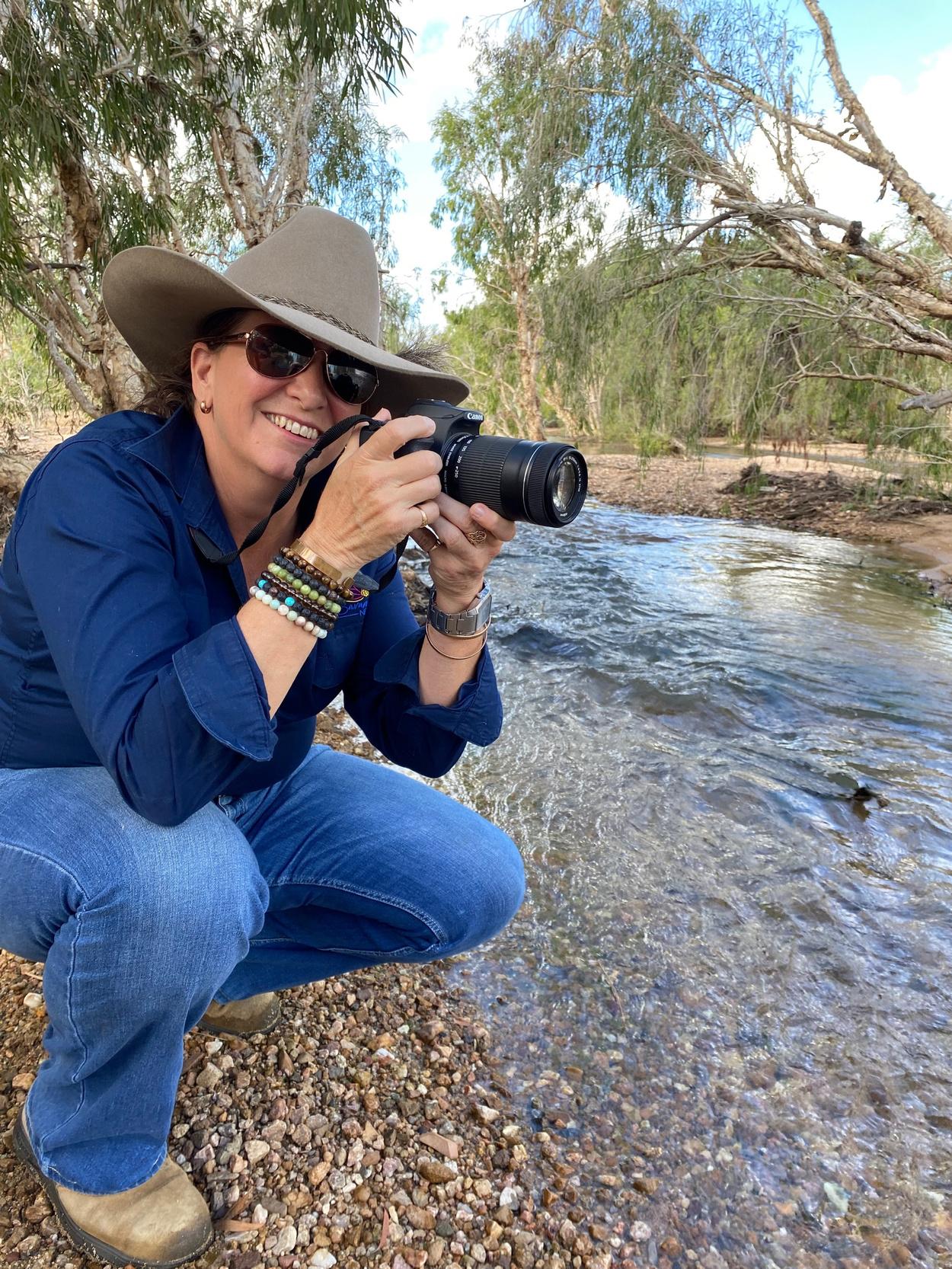
Ifyouhadasuperpowerwhatwoulditbe?
Influencing the possibilities to change the mindset of fossil-fuel usage and revert to before the Industrial revolution!
Wheredidyougoonholidayasakid?
Camping every Christmas holiday at Burleigh Heads Sun, sand, and surf Reading lots during the heat of the day, swimming mornings and afternoons The song of the magpies at dawn, family playing games and cards, and snuggling into the camping bunks and hearing the waves rolling onto the beach
What'syourfavouritemusic?Classical I'm in awe of how composers create a score for a solo, or dynamic staves for an orchestra. I am a lover of all music though; it flows and transports me to places of past memories and a sense of happiness.
The post-1788 journals of Europeans are littered with references to Australia's landscape being “parklike”, like “the finest country estate ” The landscape patterns, grassy patches, open woodlands with abundant wildlife mostly lost within 100 years confused the new arrivals Gammage has completed exhaustive research on the amazing way Aboriginal people managed the Australian landscape This landmark book will make you think twice about “virgin” bush and highlights what we might recover with that knowledge

TurtlesinTrouble
GULF SAVANNAH NRM | FIND IT ON YOUTUBE
We've heard from Traditional Custodians in the Northern Gulf that there's been a decline in freshwater turtles in the region Based on studies in the Cape and Northern Territory, this decline could be due to feral pigs To find out more, we headed out west to Talaroo Station and Littleton National Park to talk with the Ewamian People and Tagalaka People This project was funded by the Wettenhall Environment Trust

NorthernAustraliaFoodFutures(podcast)
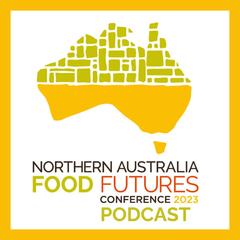
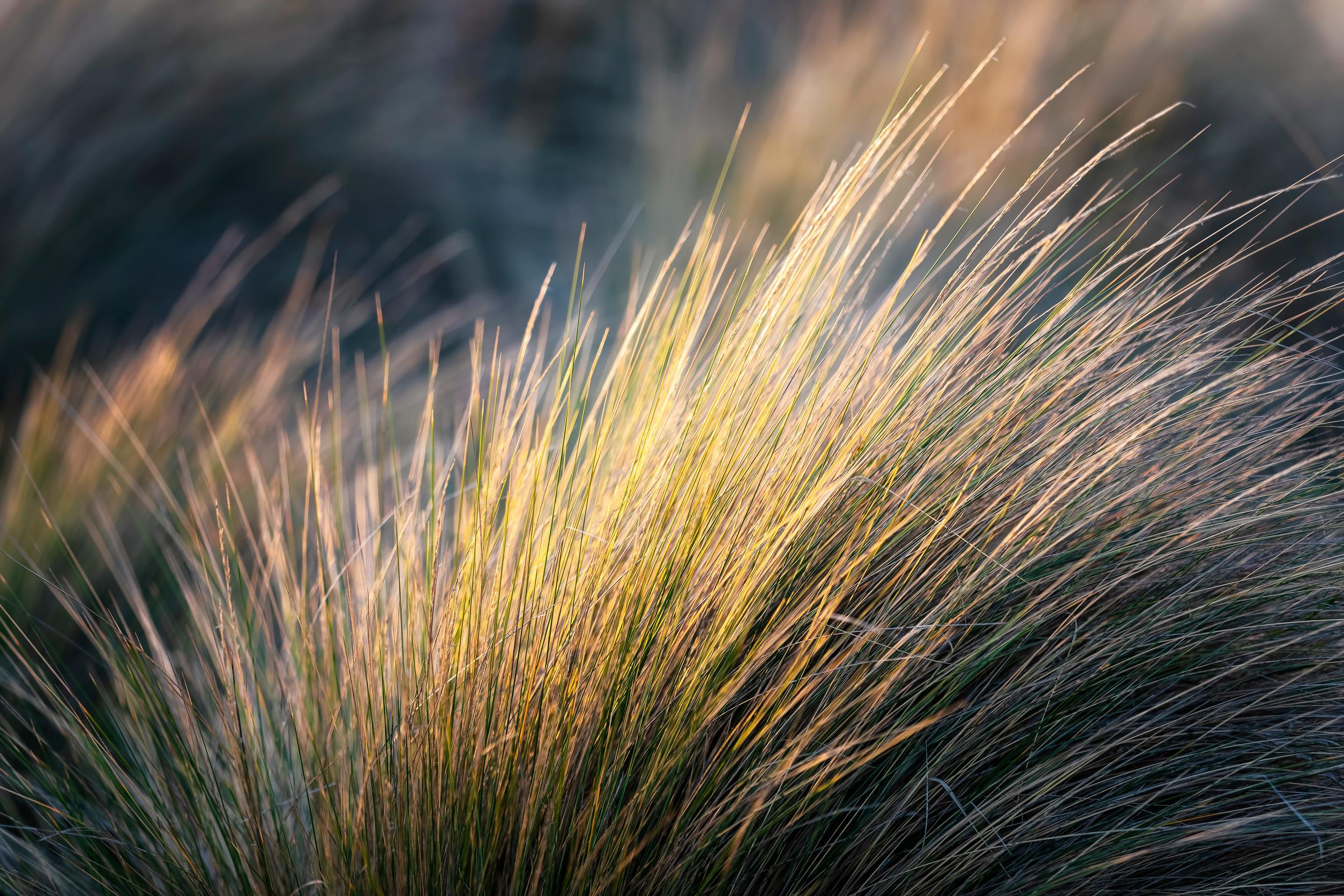
NT FARMERS | FIND IT ON SPOTIFY
The Northern Australia Food Futures Conference is Australia’s leading event on agricultural development in the “North”. In this podcast series, NT Farmers sit down with a range to guests to explore the 2023 conference theme, “Northern Myths, Realities and Opportunities” and provide a preview of the discussions that will take place at the event.
Gulf Savannah NRM is delivering a range of projects in regenerative agriculture, biodiversity, fire and drought management, community resilience, and more. Stay up to date with our monthly online newsletter: bit.ly/gsnrm-news

We're collaborating with James Cook University and FNQROC to deliver drought resilience planning in the shires of Mareeba, Etheridge and Croydon Over the remainder of 2023, we'll be talking to landholders, Traditional Custodians, stakeholder groups and communities about their experience of drought, and what we could be doing to be better prepared in future
This is an opportunity for us to work together across three levels of government, geographic communities, service institutions, industries and organisations, to collaborate and share our knowledge in ways that can help define a shared pathway to a more resilient future
This project is supported by TNQ Drought Hub, through funding from the Australian Government's Future Drought Fund
Want to learn how to monitor land condition the health of your land, soil and pasture on your property? Are you keen to develop your skills in using mapping tools? Interested in using fire for managing your land?
Gulf Savannah NRM is seeking expressions of interest from landholders in the Northern Gulf region to take part in a new project monitoring land condition You'll receive free training and support, as well as free property maps

Get in touch:https://bit.ly/eoilandcondition
This project is funded by Queensland Government’s Natural Resources Recovery Program
In March we said farewell to trainees Taylor and Jacob, who were with us for six months as they completed their traineeships.
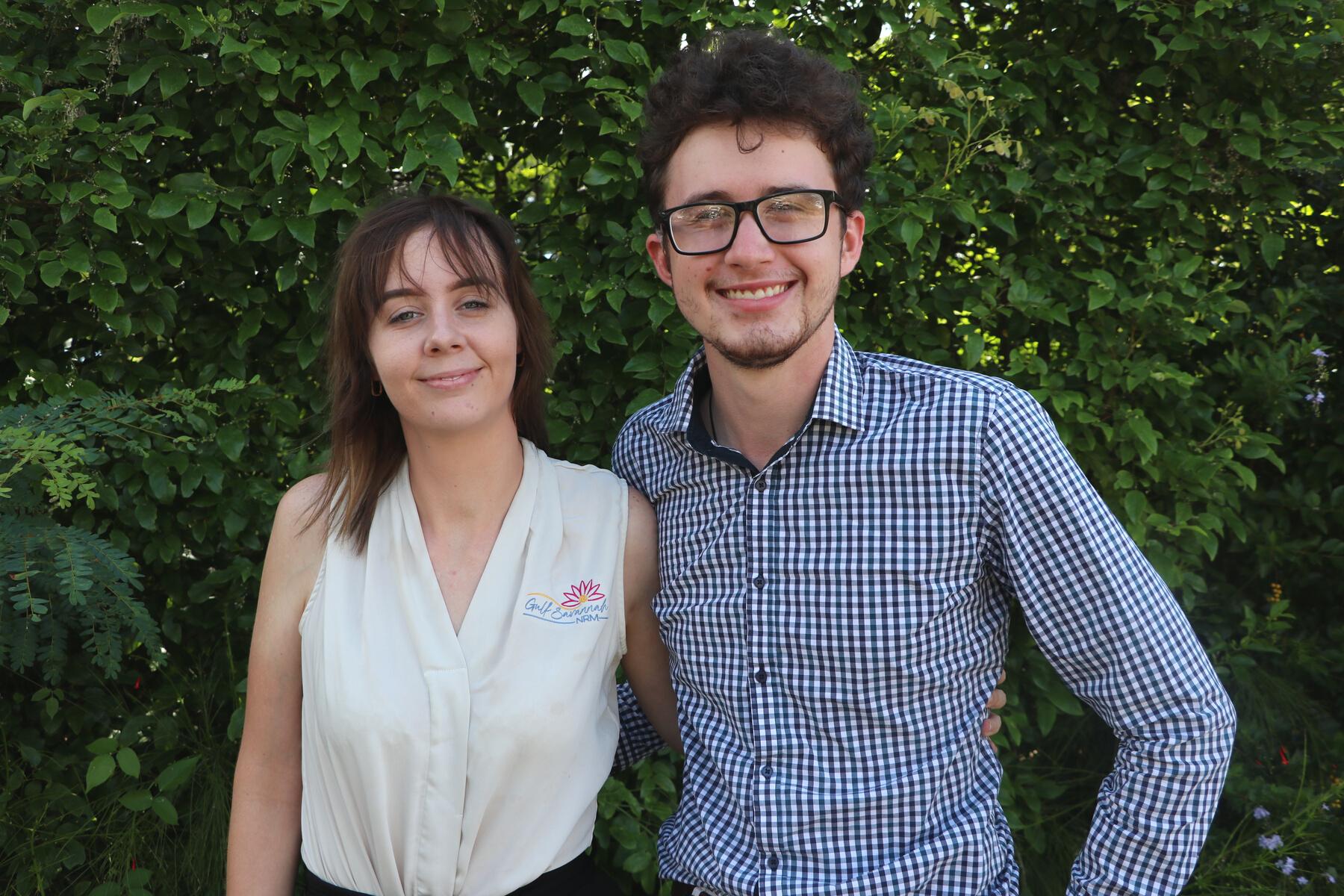
"There are a lot of highlights when I look back at my time here at Gulf Savannah NRM," said Taylor "Some main ones that stand out to me would be travelling around the region, contributing to the Savannah Bash event and helping Leah with the Drop in the Bucket program "
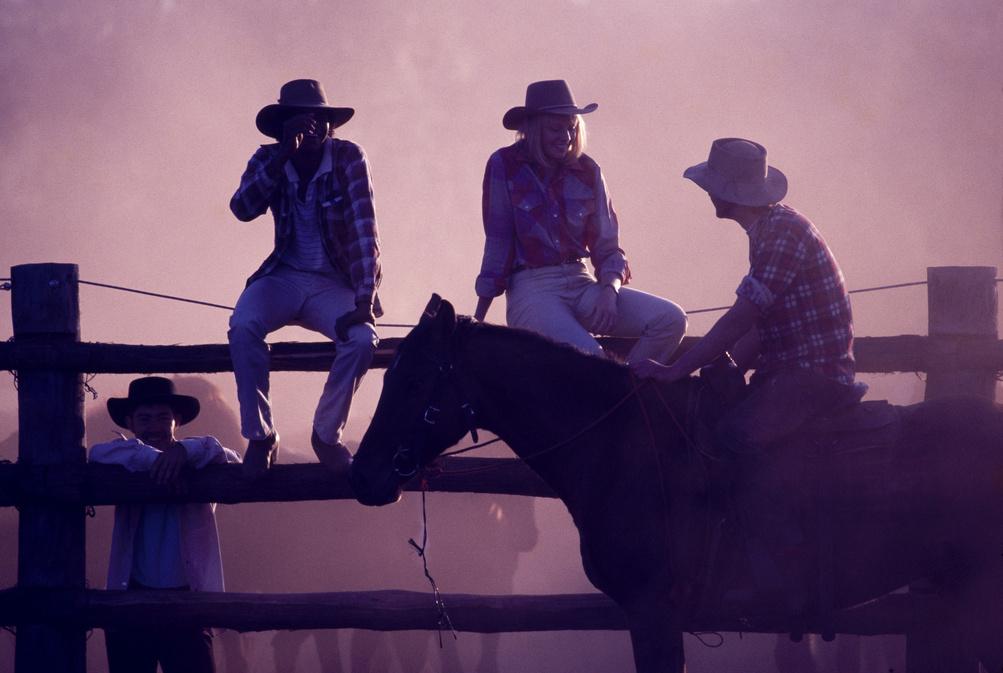
Jacob agreed "Doing fieldwork with the team, especially fire workshops and biodiversity monitoring, was a big highlight for me "
These positions were funded through the Queensland Government's Skilling Queenslanders for Work program.
Over the next 18 months, we'll be interviewing long-time locals to gain a retrospective insight on land management practices, land condition, biodiversity trends and community concerns in the Northern Gulf This local knowledge of NRM issues will be used to inform decision making in our very data-deficient region We hope to gather historical photographs and records to verify these accounts and create a picture of biophysical conditions and trends impacting the region. This will be drawn into a State of the Region report.
This project is funded by the Queensland Government’s Department of Resources
Your local Regional Agriculture Landcare Facilitator (RALF), Leah Nugent, is here to help if you're looking for information on landcare. Give her a call on 0412 383 758! Her tip for land managers this month is subscribing to the Department of Agriculture and Fisheries' mailing lists
"It's an easy way to stay on top of the latest biosecurity breakthroughs, new funding rounds and ag tech news," she says Head to daf.qld.gov.au/newslettersto sign up
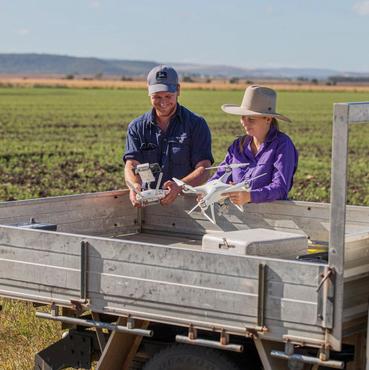
Would you like to see your Gulf business included in the next Gulf Croaker? Get in touch with us: admin@gulfsavannahnrm.org
CARPENTARIASHIRE
SunsetTavern,Karumba (07) 4745 9183
sunsettavern@bigpond com
LesWilsonBarraDiscoveryCentre (07) 4745 2211
https://barracentre com au/
KarumbaSupermarket&Cafe (07) 4745 9188
Find us on Facebook
TheAnimalBar,Karumba 0497 901 266
FerrymanRiverCruise,Karumba (07) 4745 9155
www.ferryman.net.au
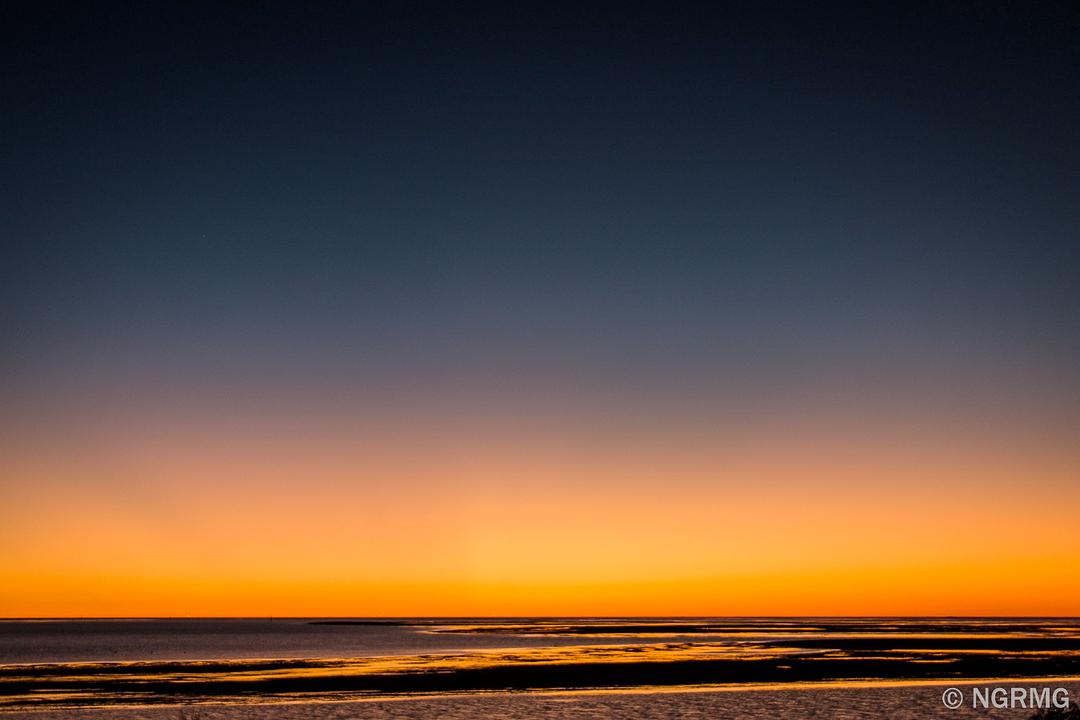
PurplePub,Normanton (07) 4745 1324
http://purplepub.com.au/
AlbionHotel,Normanton (07) 4745 1218
albionhotelnormanton com au
GulflanderMotelCaravanPark, Normanton (07) 4745 1290
gulflandmotelandcaravanpark com
NormantonAirport&PostOffice (07) 4745 1568
CROYDONSHIRE
CroydonClubHotel (07) 4745 6184
www.croydonclubhotel.com.au
ETHERIDGESHIRE
EinasleighHotel (07) 4062 5222
www facebook com/einasleighhotel
CobboldGorge (07) 4062 5470
www.cobboldgorge.com.au
GeorgetownRoadhouse (07) 4062 1999
jabena@bigpond com
GeorgetownRodeoAssociation Facebook: Georgetown Rodeo Association
rodeogeorgetown@gmail com
BedrockVillage,MtSurprise (07) 4062 3193
www.bedrockvillage.com.au
MAREEBASHIRE
RailwayHotel,Almaden (07) 4094 8307
Find us on Facebook
BiboohraCashStore (07) 4093 2545
ChillagoeObservatoryand EcoLodge (07) 4094 7155
www coel com au
TheHubChillagoe (07) 4094 7111
www chillagoehub com au
ChillagoeCockatooHotel (07) 4094 7168
chillagoecockatoohotel.com.au
LoudounHouseMuseum, Irvinebank (07) 4096 4020
loudounhouse@skymesh.com.au
IrvinebankTavern&Cabins (07) 4096 4176
irvinebank@westnet.com.au
Nine-MileStore,Julatten (07) 4094 1275
ninemilestore4871@gmail.com
MountCarbineRoadhouse (07) 4094 3043
mtcarbineroadhouse.com
MountCarbineHotel 0400 465 682
mtcarbinehotel@gmail.com
MountMolloyCoffeeShop (07) 4094 1175
Find us on Facebook
12–14MAY
TheGreat Wheelbarrow Race

Moreinfo
greatwheelbarrowrace.com LocationMareeba and Dimbulah
12–14MAY
CroydonRodeo& Campdraft
24–26MAY
RotaryFNQField Days
Moreinfo fnqfielddays org au LocationMareeba
3JUNE
BiboohraRodeo
Moreinfo biboohrabullride @gmail com
LocationSimmo's Arena
25JUNE–1JULY
Karumba150th Celebrations
Moreinfo karumba150 years@outlook com
LocationKarumba
18–19APRIL
MtMolloyFire Forum&FieldDay
RSVPhttps://bit ly/firemtmolloy
LocationMt Molloy
21–23APRIL
UndaraOutback Rock&Blues
Getticketswww undara com au/events
LocationMt Surprise
26APRIL
MutchilbaFire FieldDay
Moreinfo0439 443 906
Location532 Mutchilba Rd
27–30APRIL
MtGarnetRodeo
MoreinfoFind on Facebook @mtgarnetrodeo
LocationMt Garnet
Moreinfo Find on Facebook @PoddyDodgers
LocationCroydon
18MAY
ReducingNitrogen Fertiliserwith Non-Legume NitrogenFixation
RSVP http://bit ly/3nnVpw0 LocationMareeba
7JUNE
FireProperty Planning
Moreinfo0439 443 906 LocationMareeba
8–11JUNE
NormantonRodeo &Campdraft
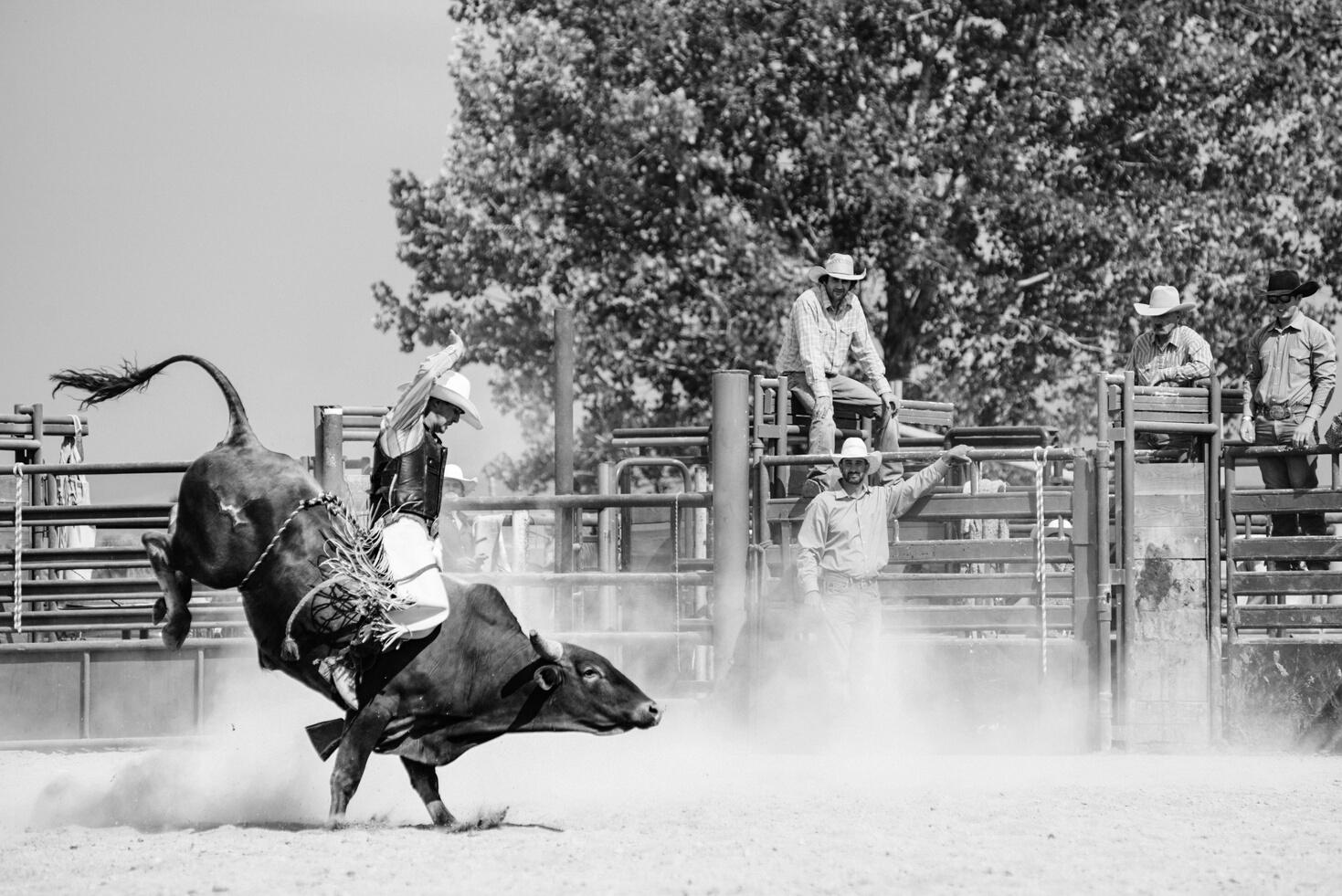
Moreinfo normantonrodeo com au LocationNormanton
19JUNE
HumiSoilUnveiling atStockadeFarm
Moreinfo0418 733 147
19–20MAY
Bushman's Carnival
Moreinfo chillagoerodeo@gmail com
LocationChillagoe
30JUNE–1JULY OakParkRaces
Moreinfo oakparkraces com au LocationOak Park Station
12JULY SoilSolutions Workshop
Moreinfo 0477 415 031 LocationGeorgetown
LocationDimbulah 14–16JULY
24–30JUNE
CairnstoKarumba BikeRide
Moreinfo c2kbikeride com au
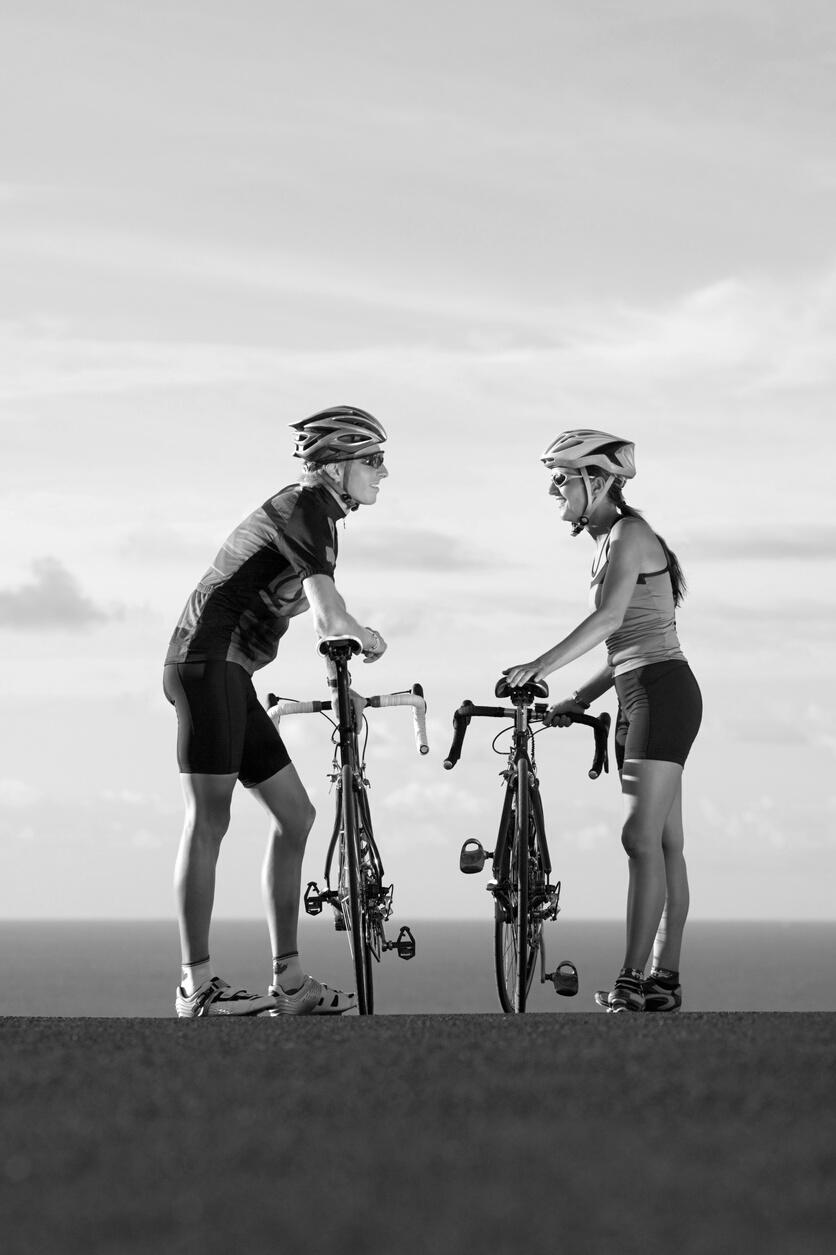
LocationSavannah Way
Einasleigh Campdraft
Moreinfo einasleighsports @gmail com LocationEinasleigh
18-19APRIL NATIONAL HOTELBEER GARDEN,MT MOLLOY
REGISTER NOW
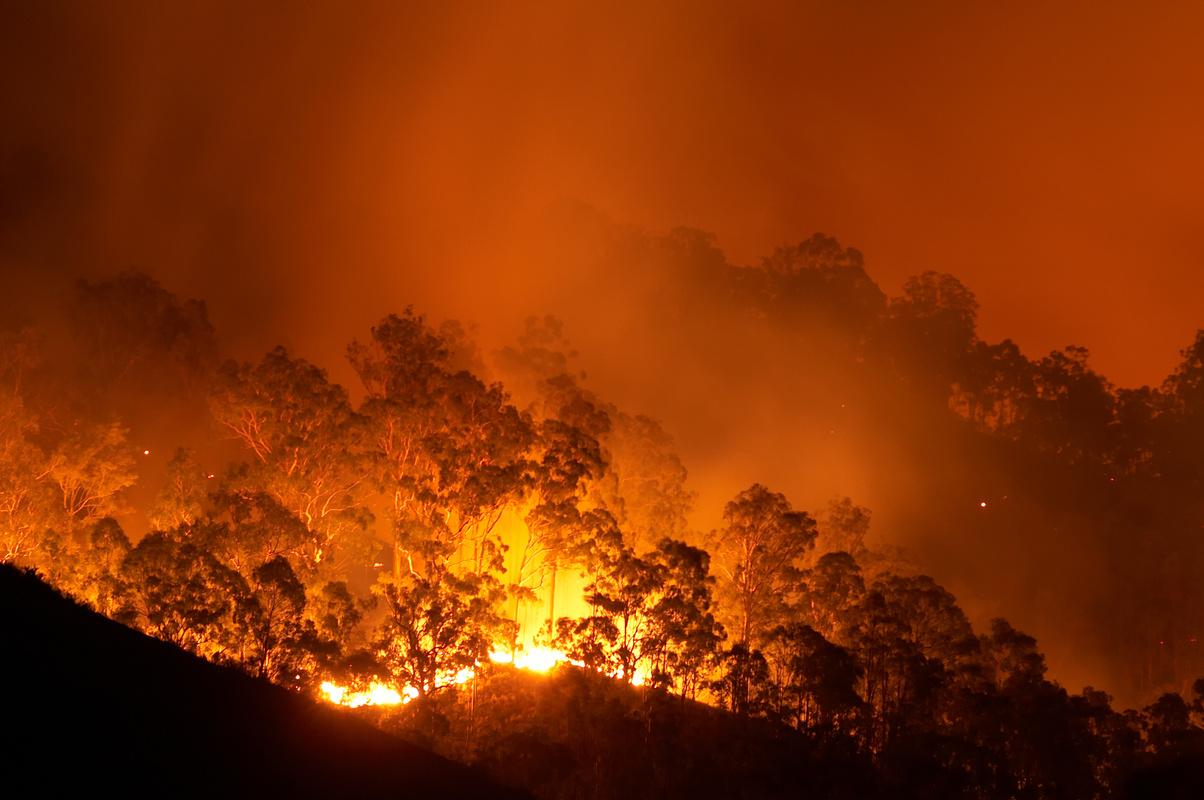

Formoreinformation,contactVickie: 0439443906orvickie.mylrea@gulfsavannahnrm.org
